
The Basque Country is a part of Spain filled with culinary and cultural experiences. Great food and famous restaurants, endless options of pintxos and even more wineries, lush, green nature and big cities – the Basque country has something for everyone.
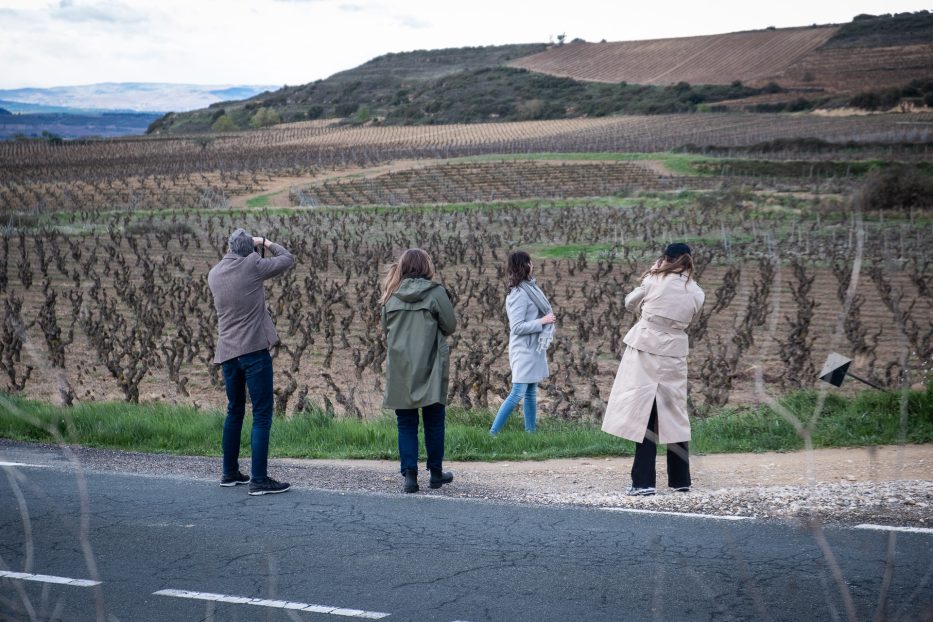
In this area (which is also called Euskadi) alone you’ll find no less than 24(!) Michelin star restaurants – the highest density in Europe. If that alone does not convince you to visit the area, I can reveal this area also boasts one of the best and most famous wine areas in the world: Rioja, several famous museums and several underrated cities.
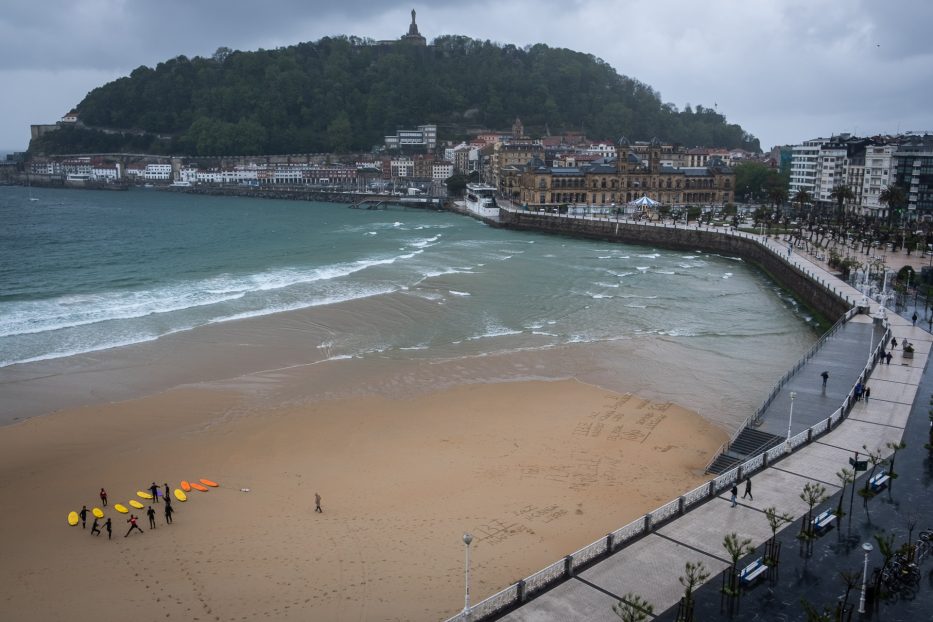
The Basque country really is a paradise for anyone who loves wine, food and culture – all in which we got to indulge in our five days round-trip.
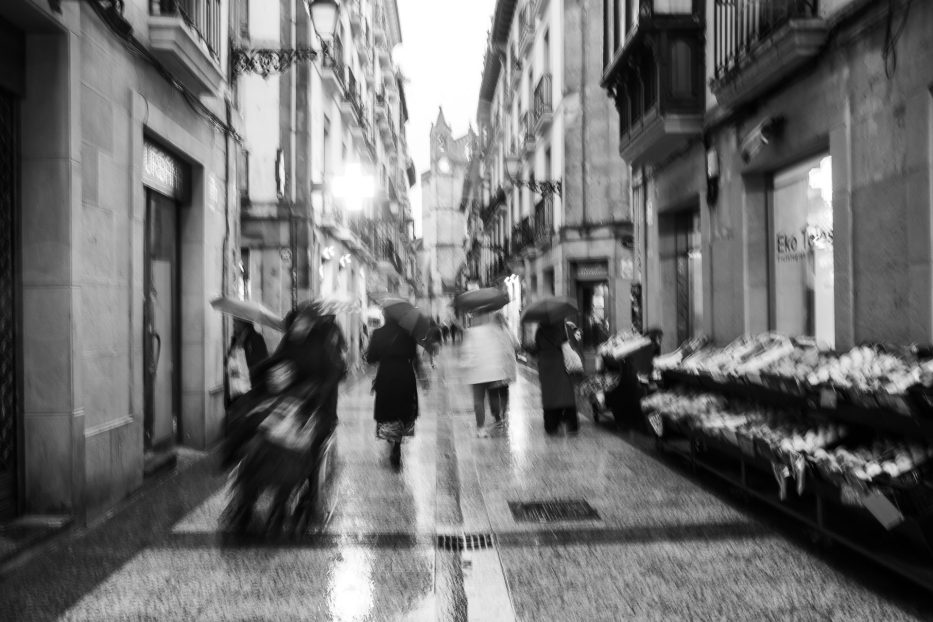
In this post, I’ll share some of my favourite things to see and do in the Basque Country, from the cultural as well as the culinary point of view.
The cultural Basque country
The Basque Country has some incredible (and world-famous) museums – but it also is quite the museum just in itself.
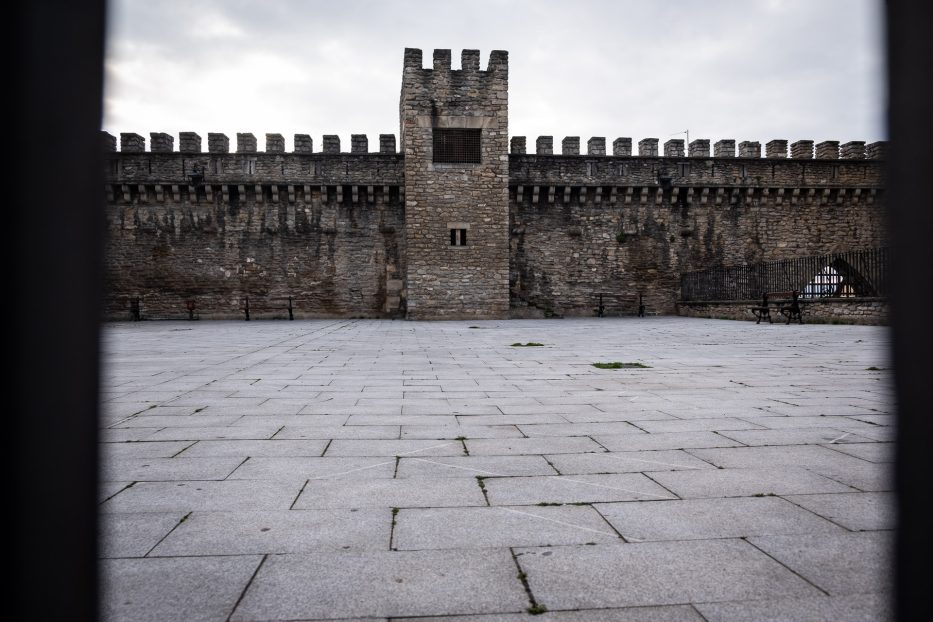
Historical explorations at the Flysch route
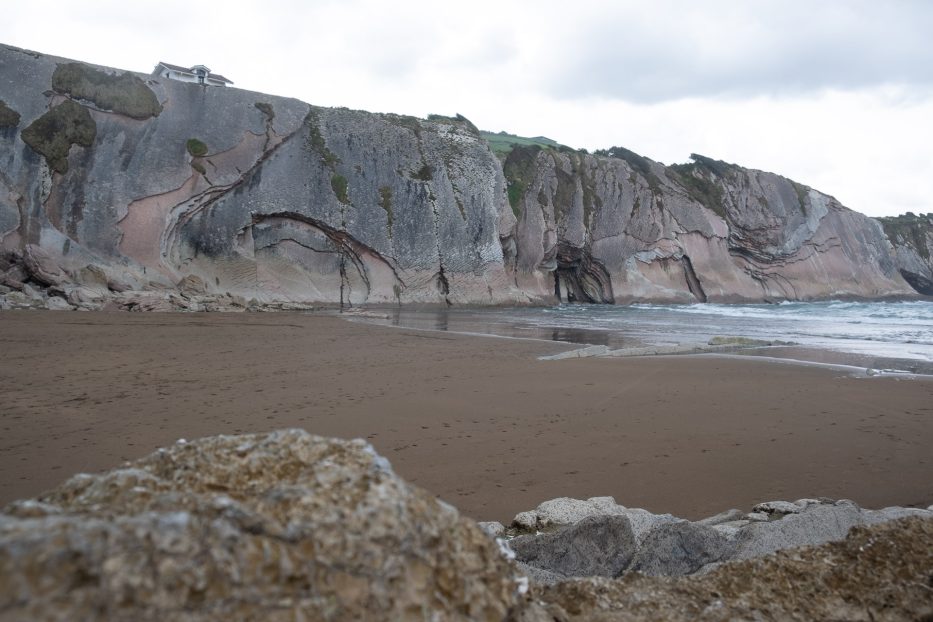
Located in the North of Spain, Euskadi is a green oasis with lush landscapes and rough nature. We start our visit in Zumaia, visiting the Flysch route. This incredible area makes geologists from all over the world visit – here you will find the tectonic plates are vertically instead of horizontally. Some of the layers with information found here date all the way back to the age of dinosaurs.
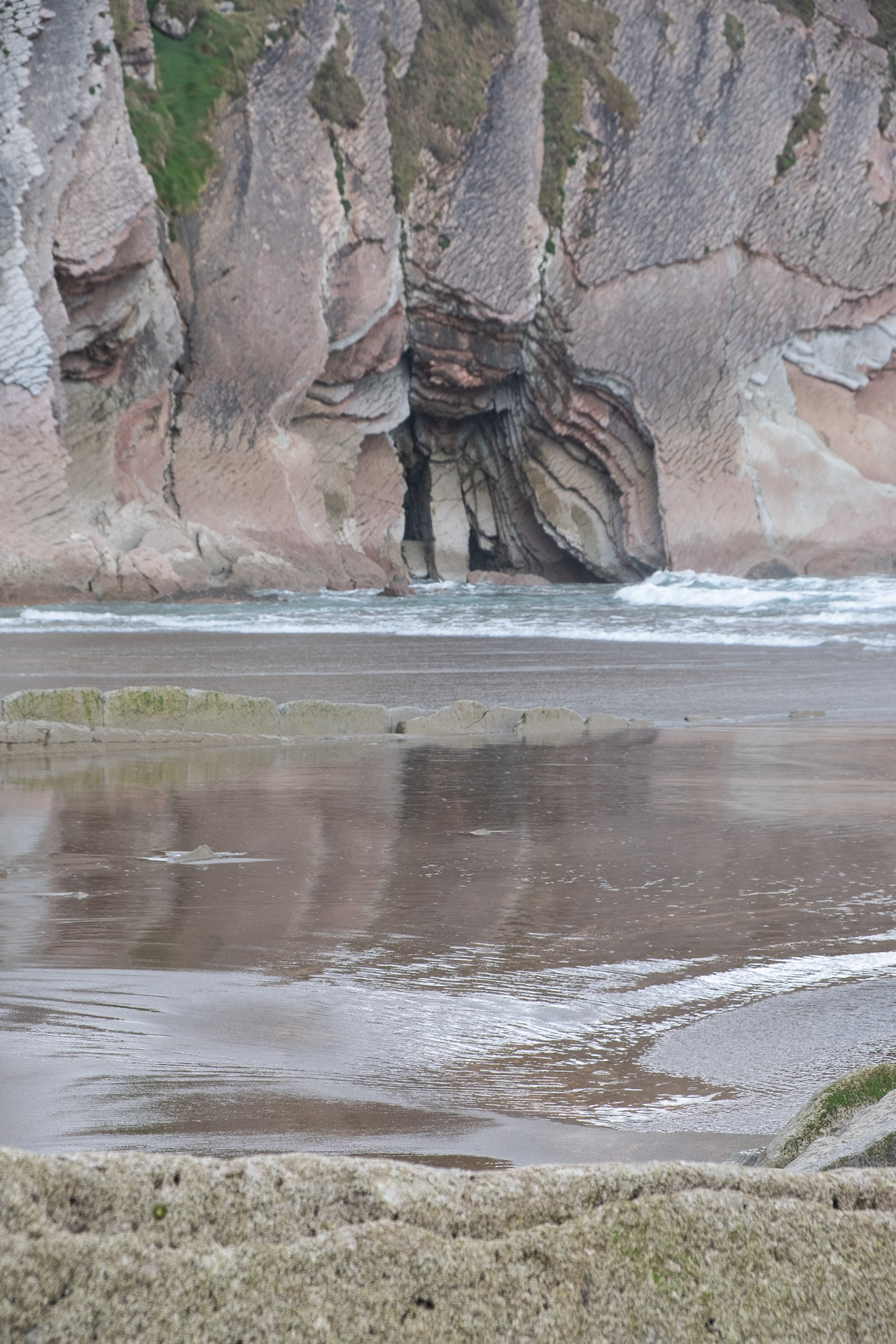
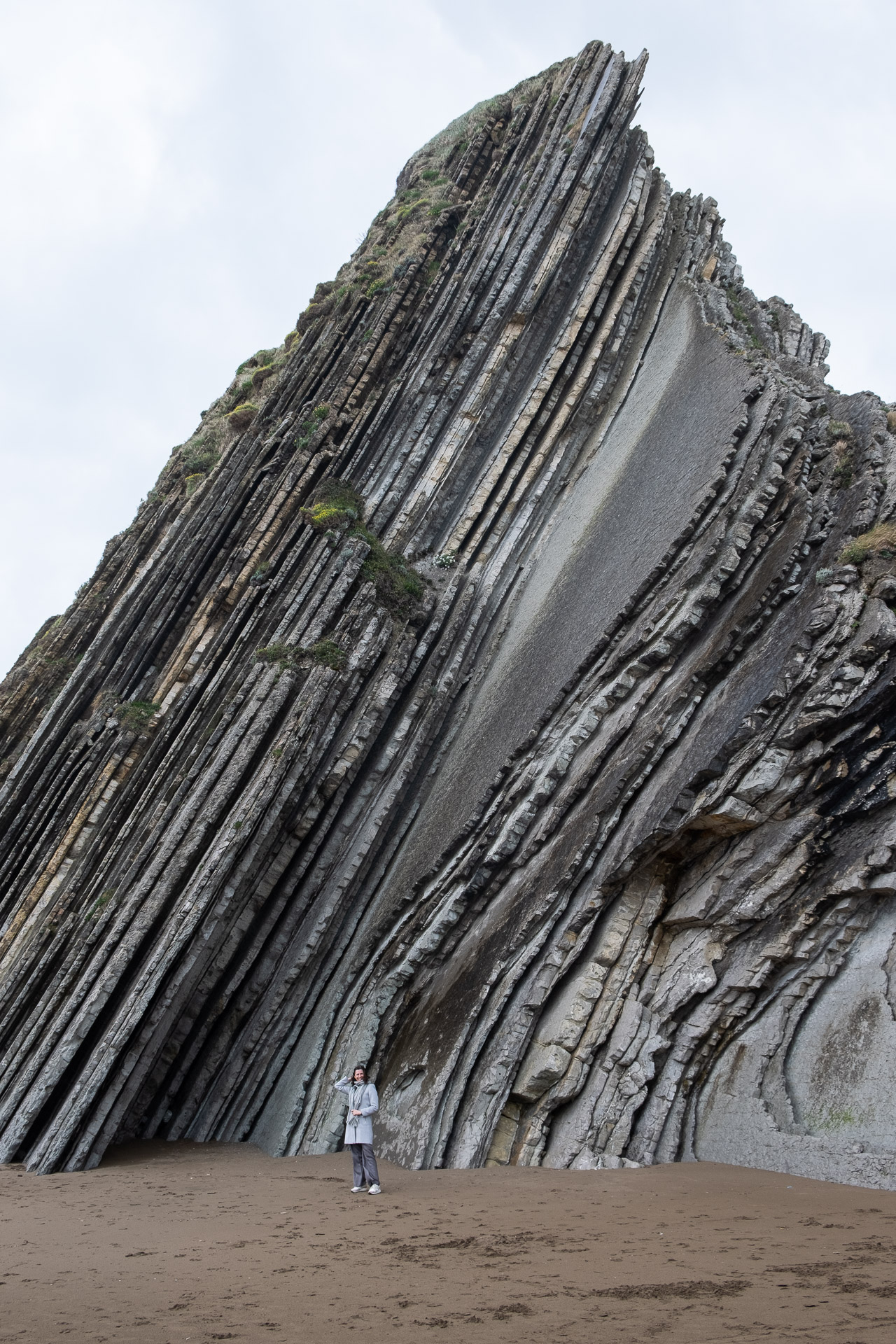
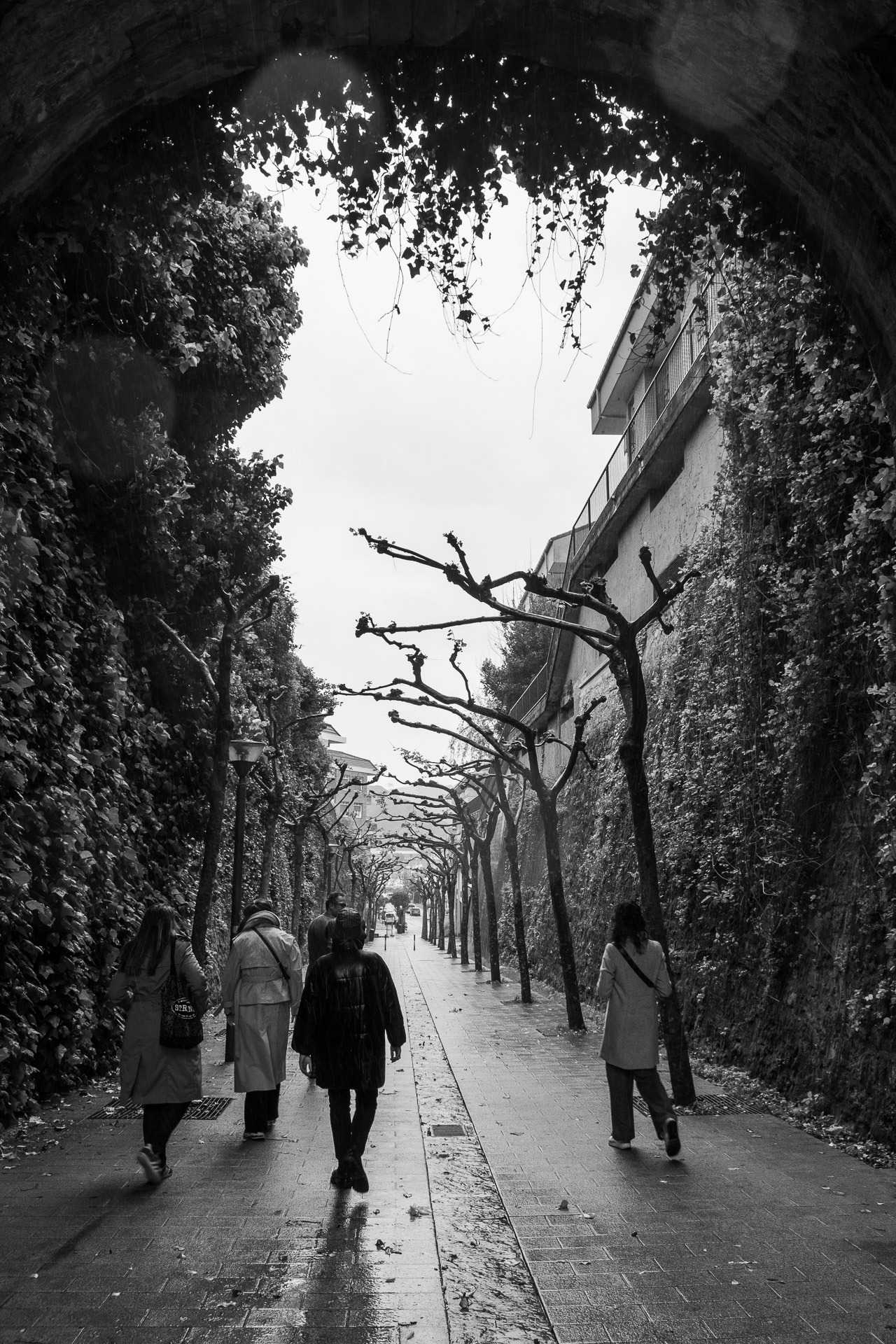
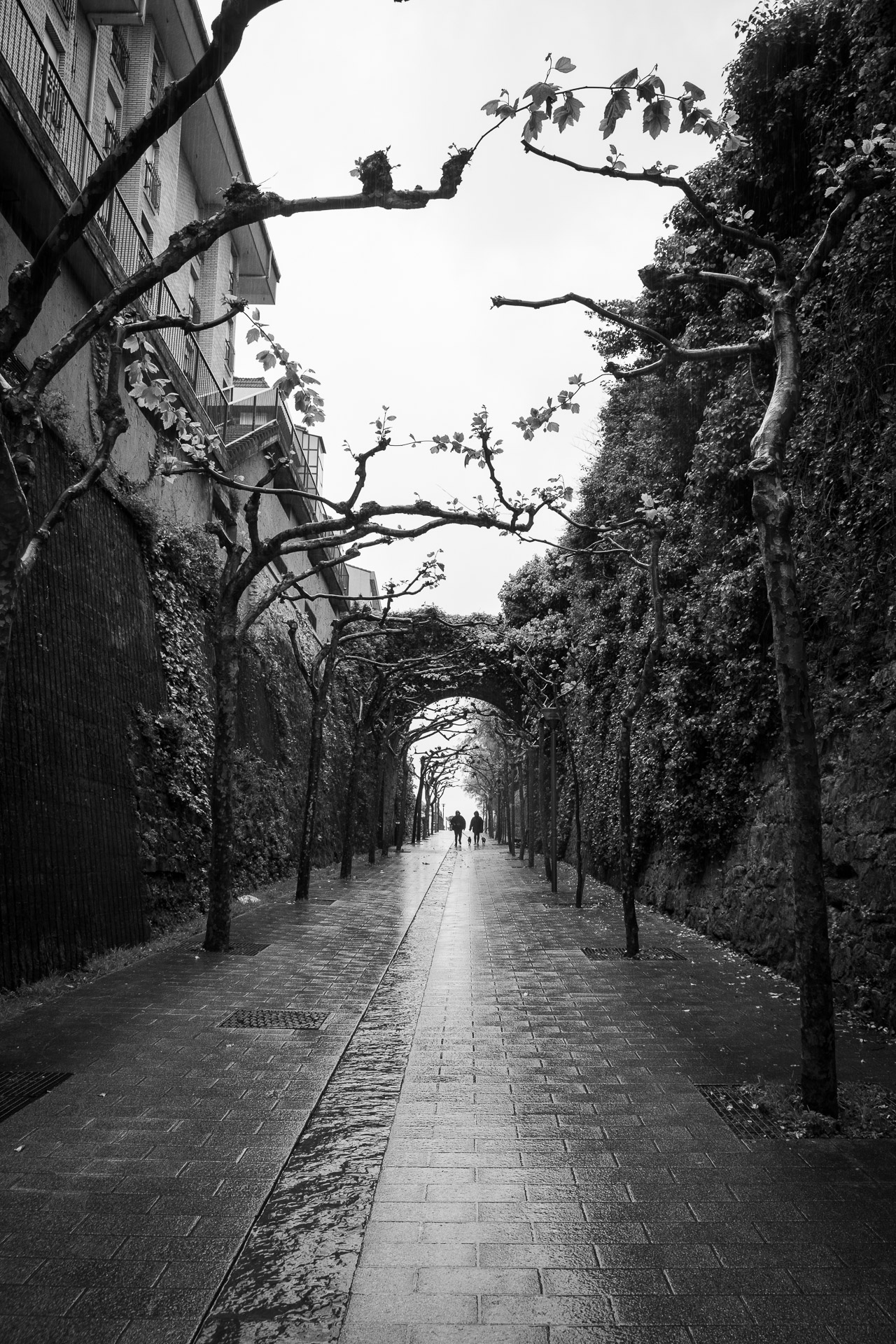
Fun fact: Parts of the TV series Game of Thrones have been filmed here.
City walks in the old towns of the Basque country
Just taking some time to wander down the streets in the major cities of the Basque country is an adventure in itself.
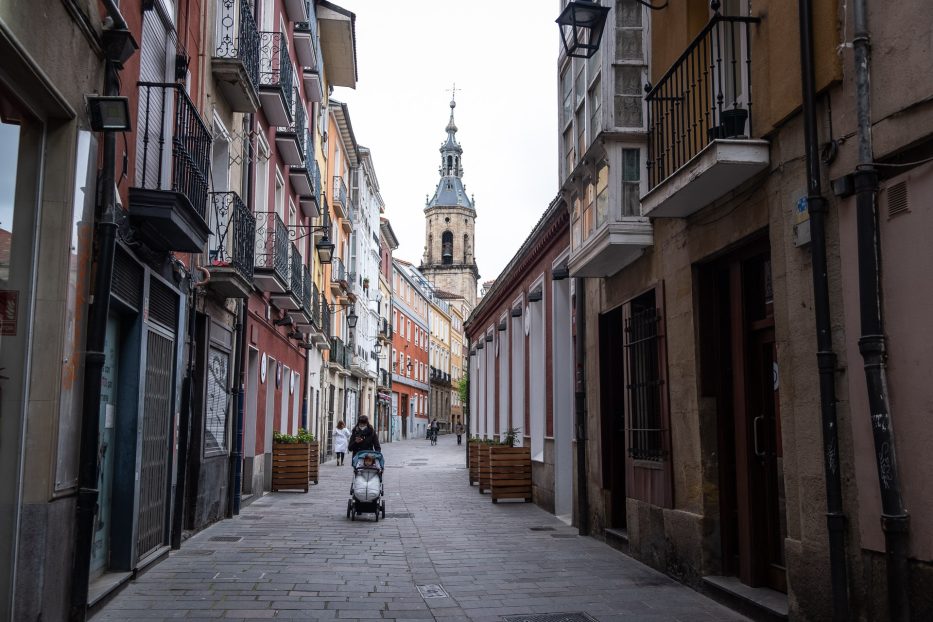
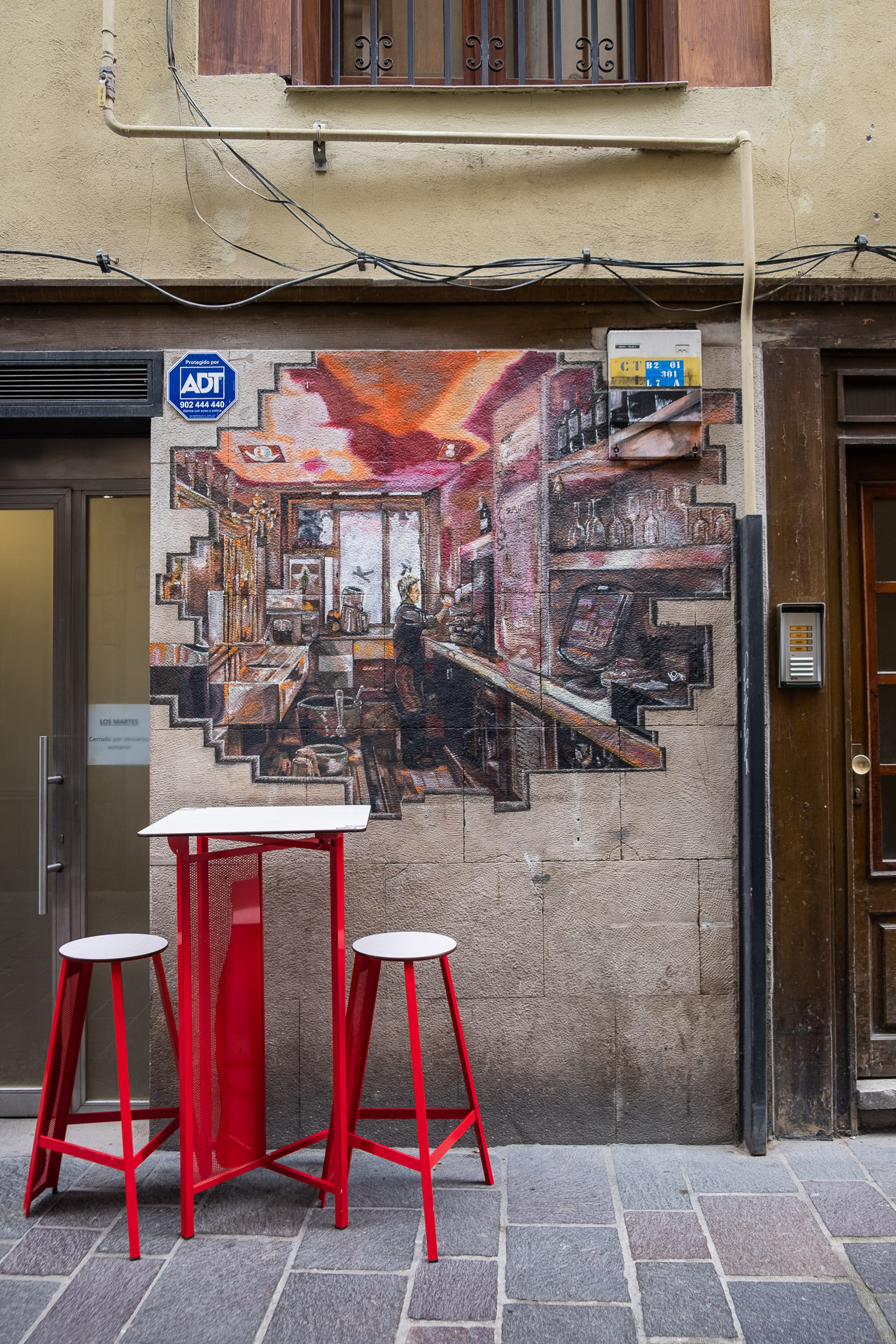
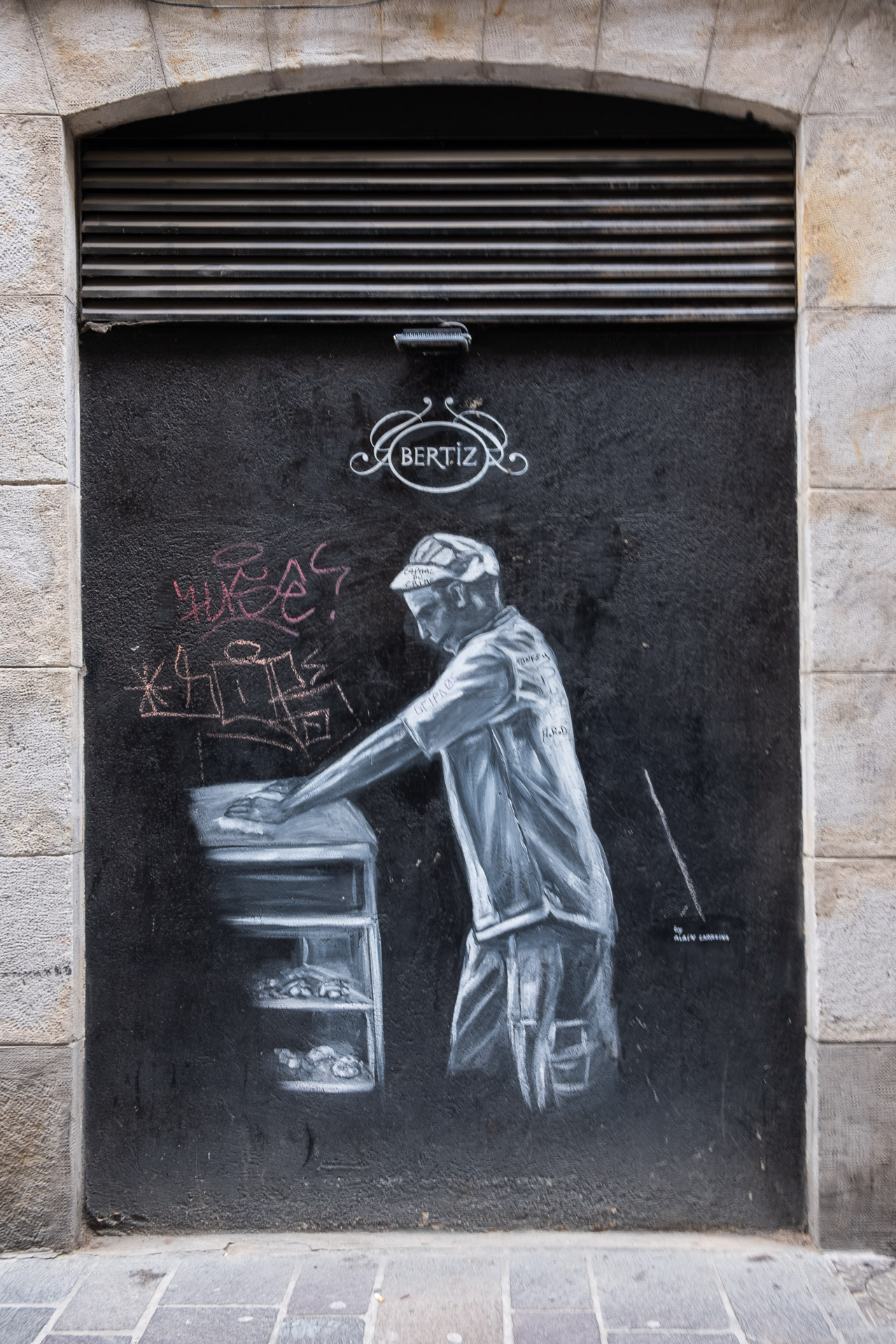
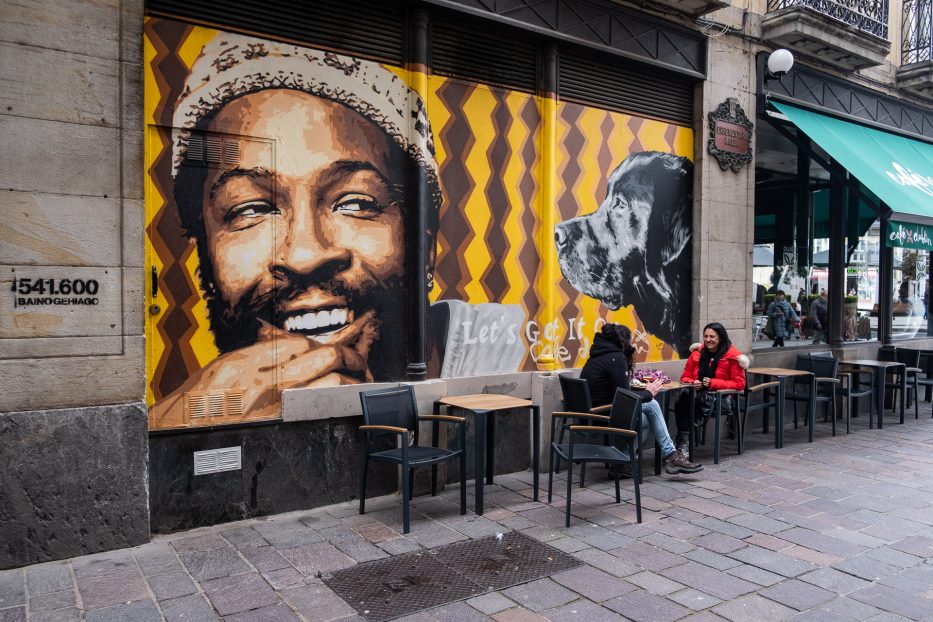
Narrow streets with cobblestone, gorgeous houses and loads of street art make for exciting sights for those who’re in search of motives.
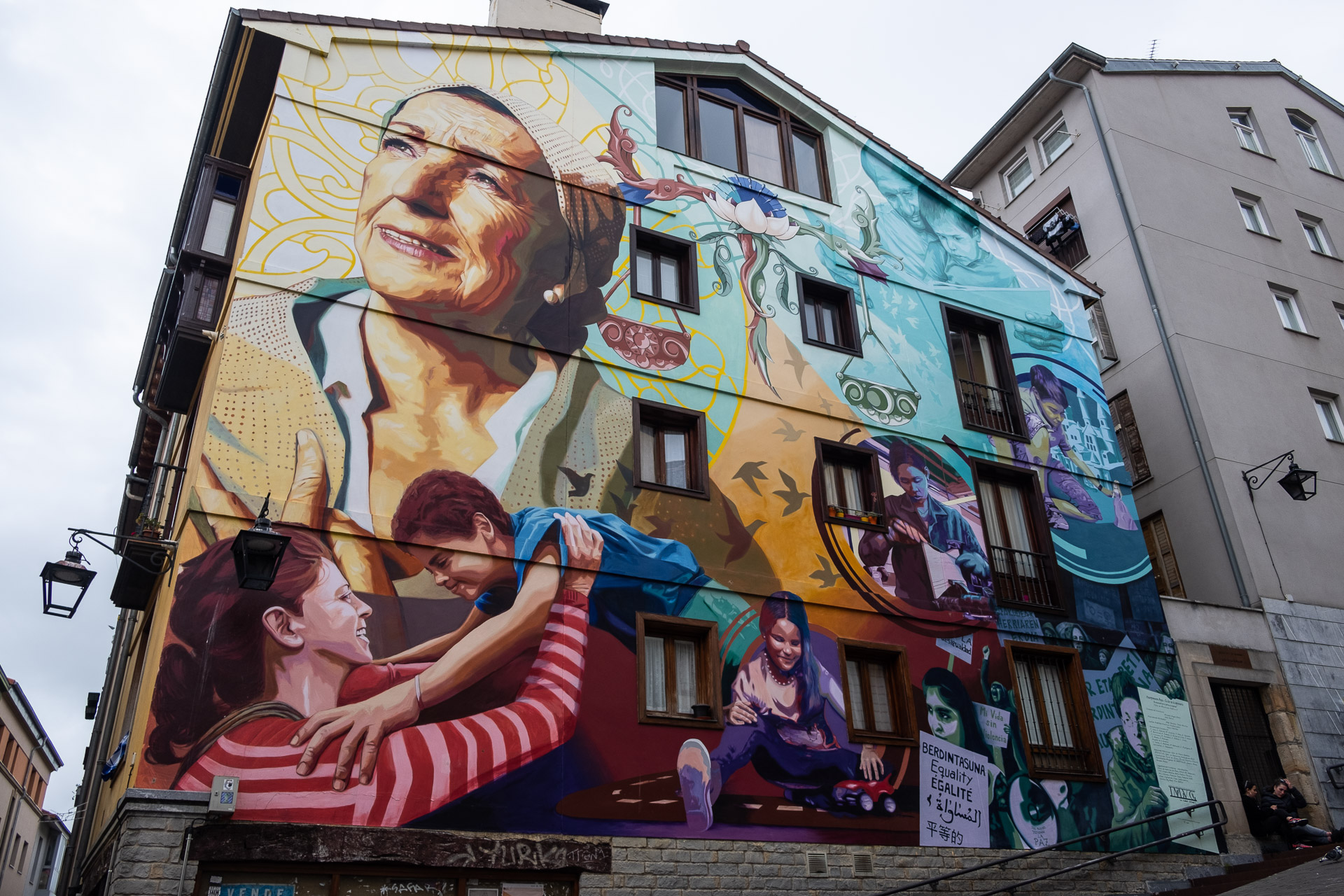
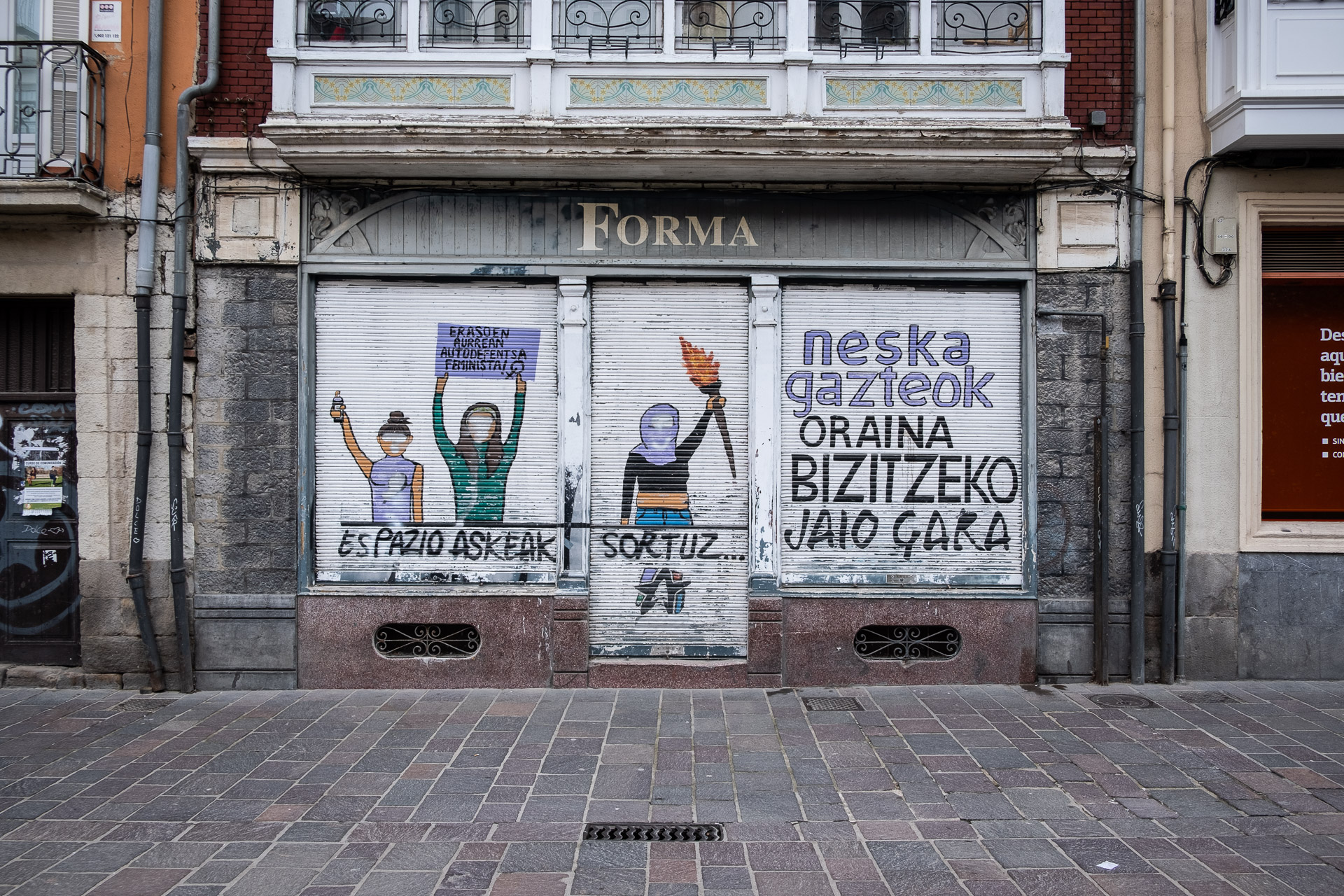
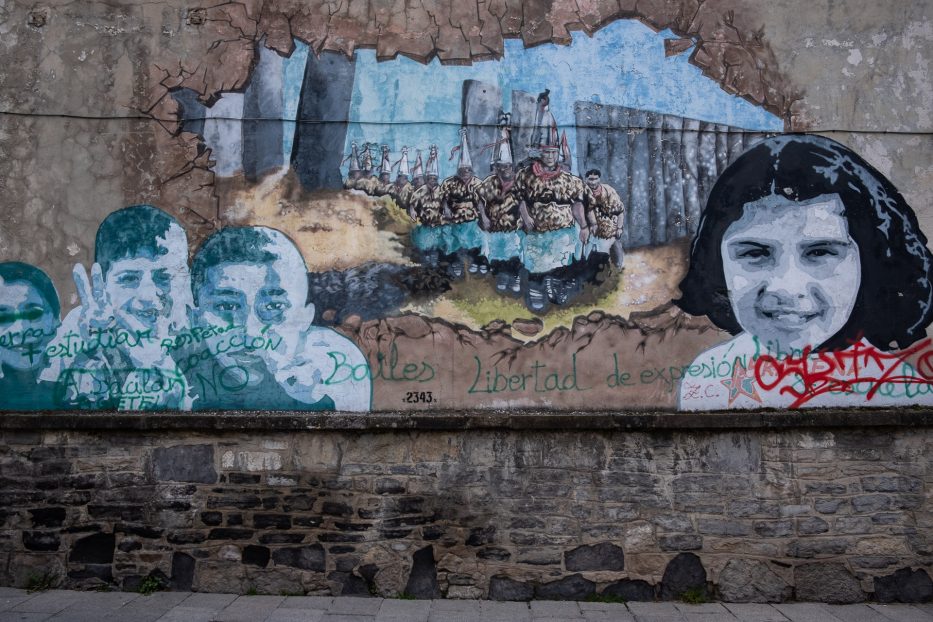
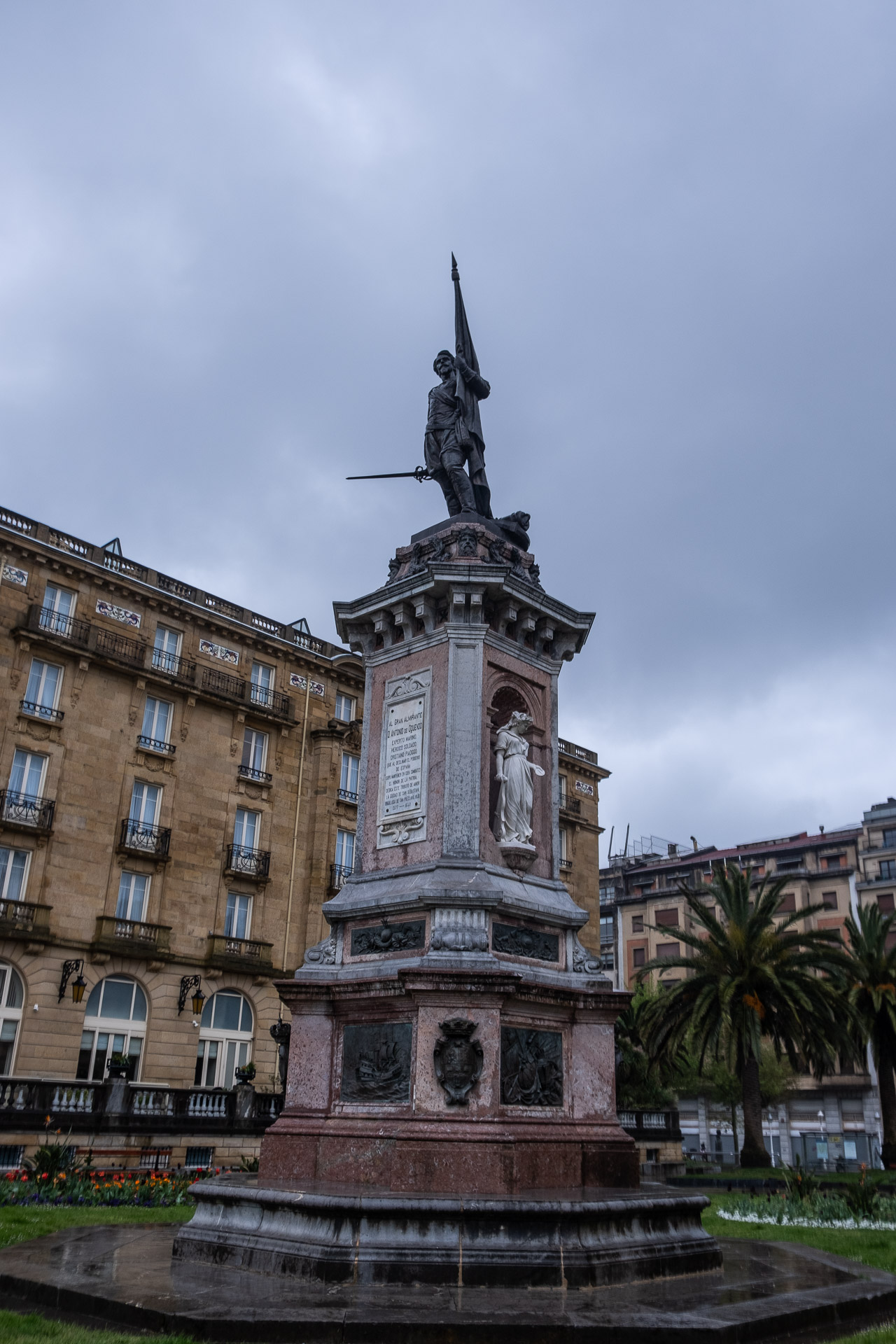
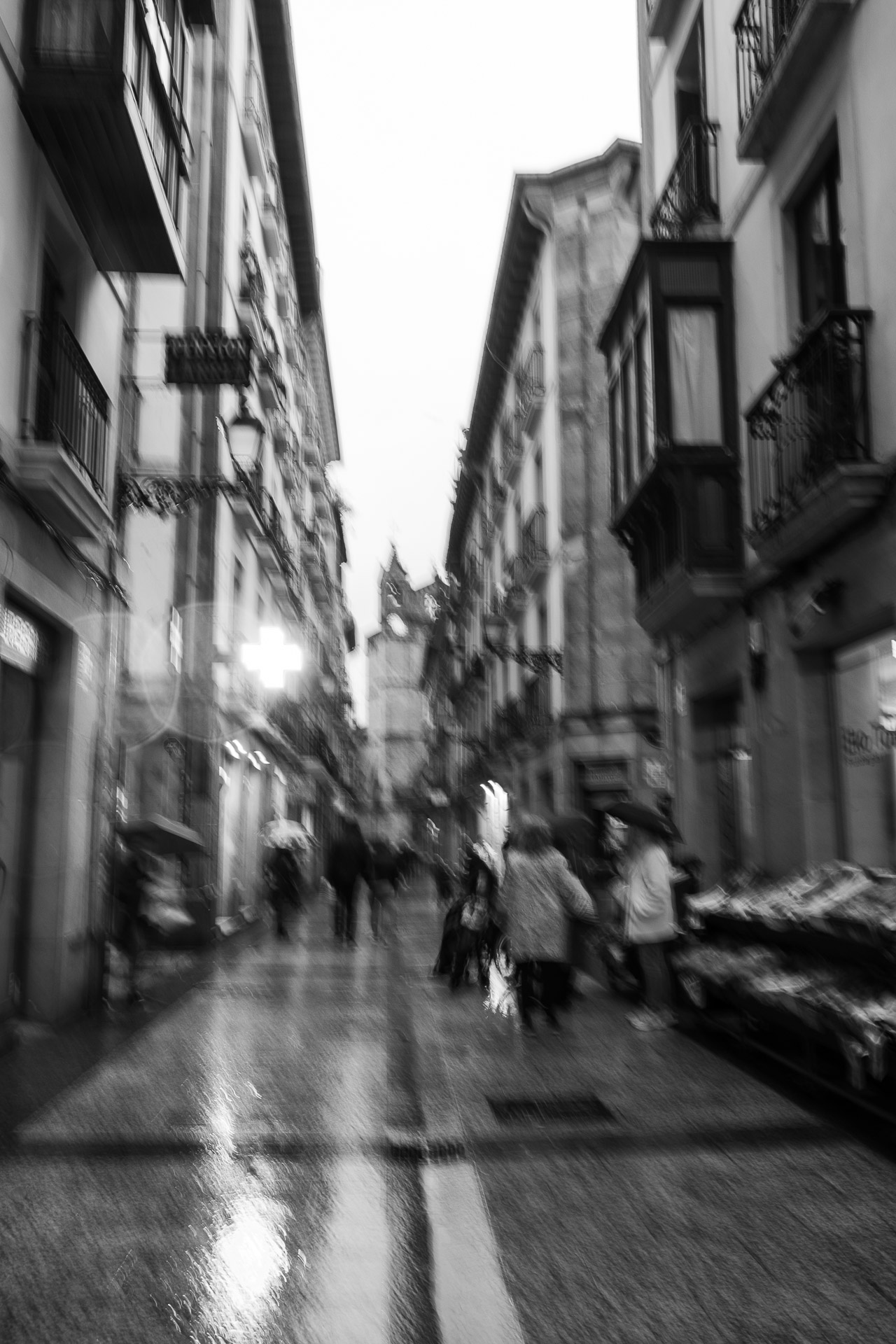
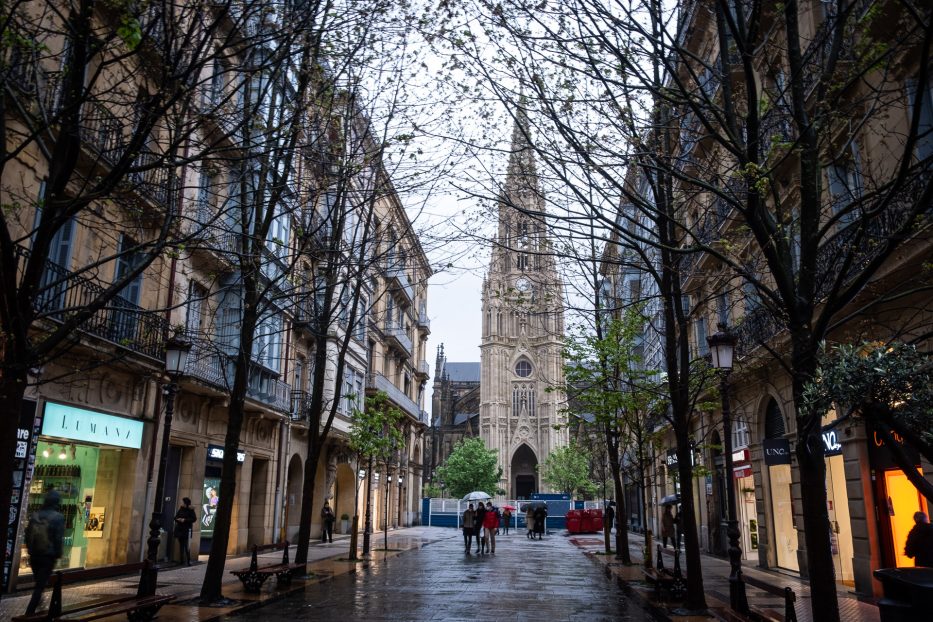
Behind the walls of Laguardia
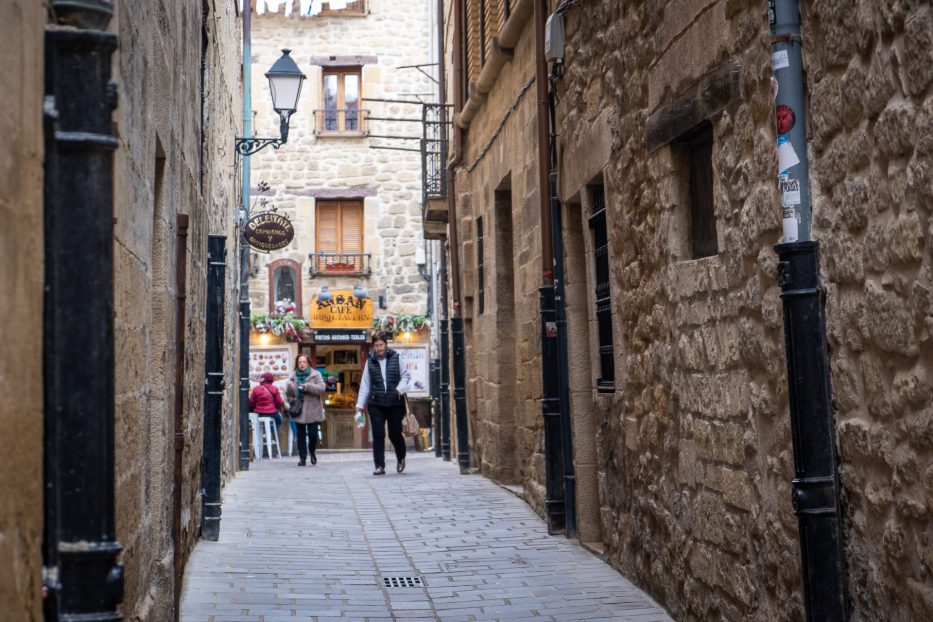
The medieval walled city of Laguardia is basically like a museum itself – surrounded by walls, wineries, wine farms and no cars. Due to the fact that the city has loads and loads of underground tunnels, no cars are allowed in Laguardia. The ground simply cannot hold the weight and stress of the cars – and you of course want to avoid the ground collapsing into itself(!)
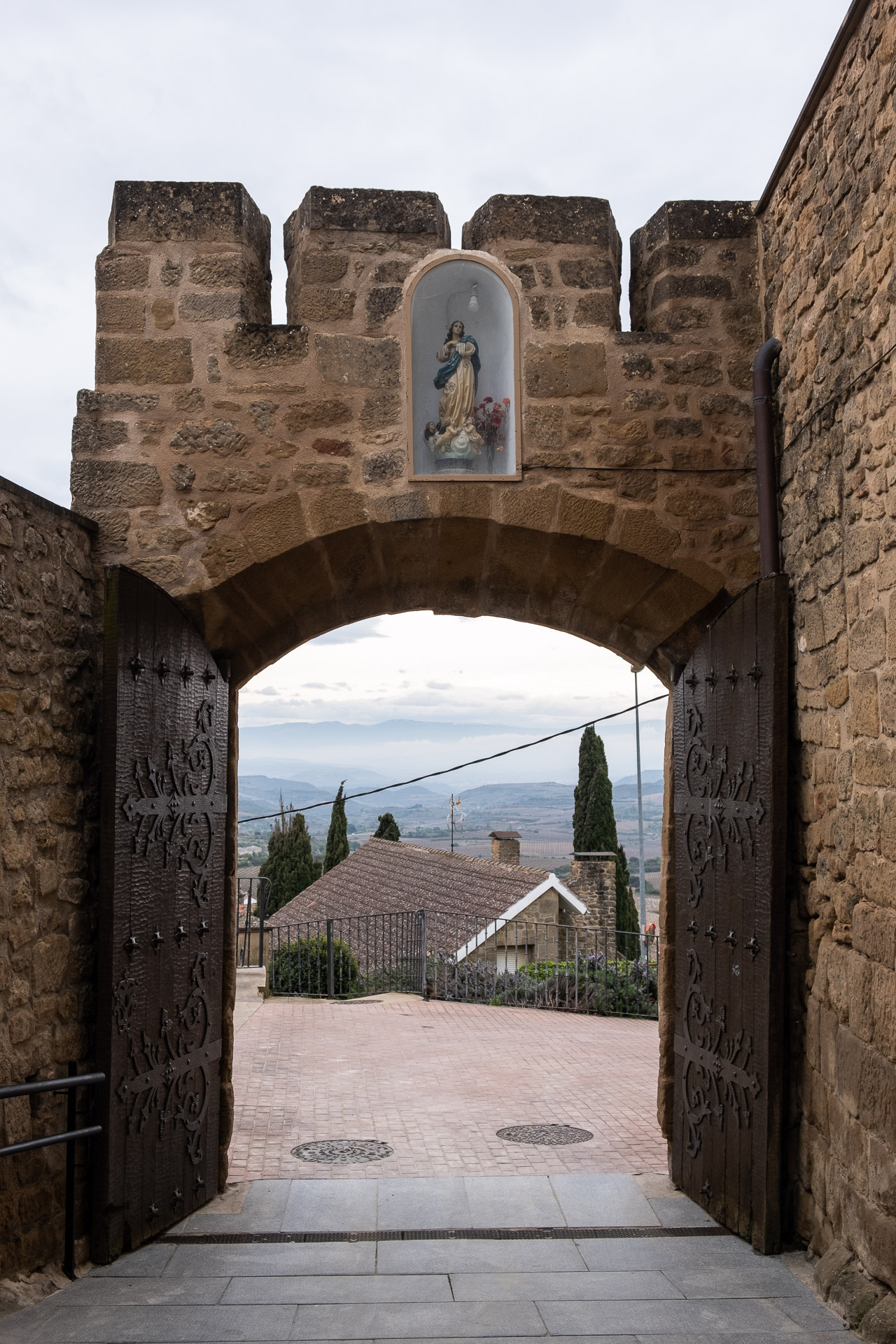
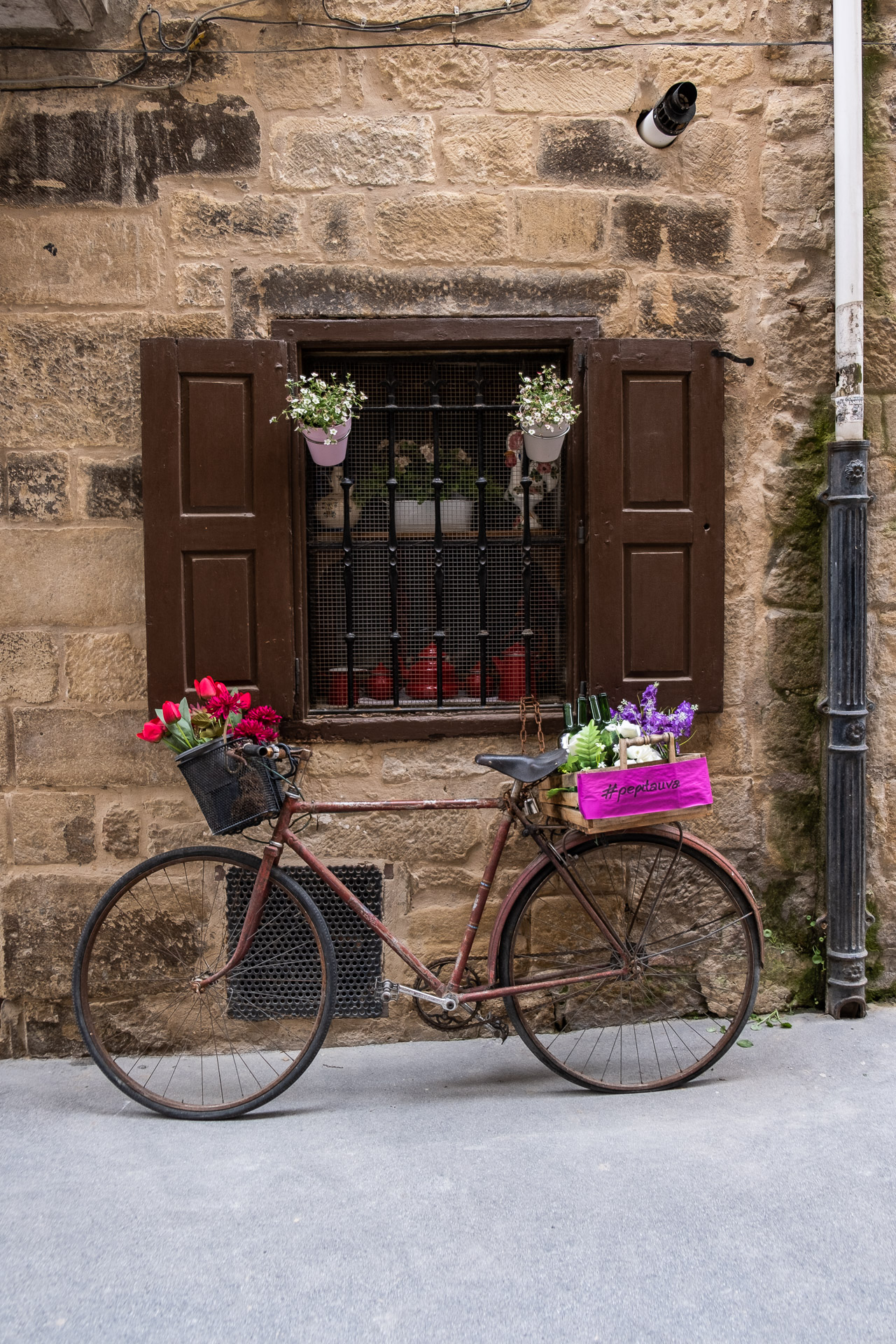
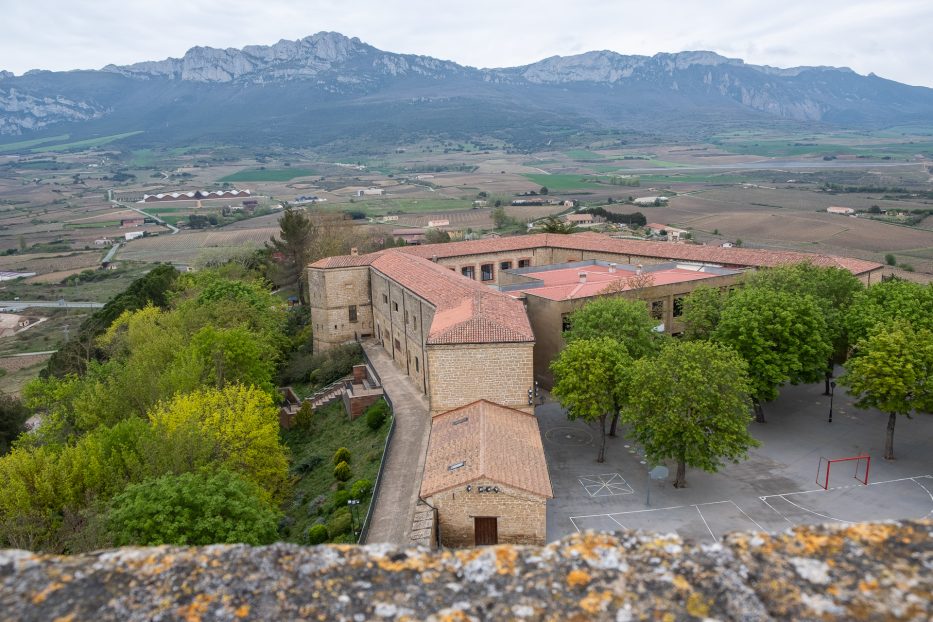
However, this has not stopped the owners of 3 wineries to continue the production of their wine inside the walls to this day.
The Chillida Leku museum
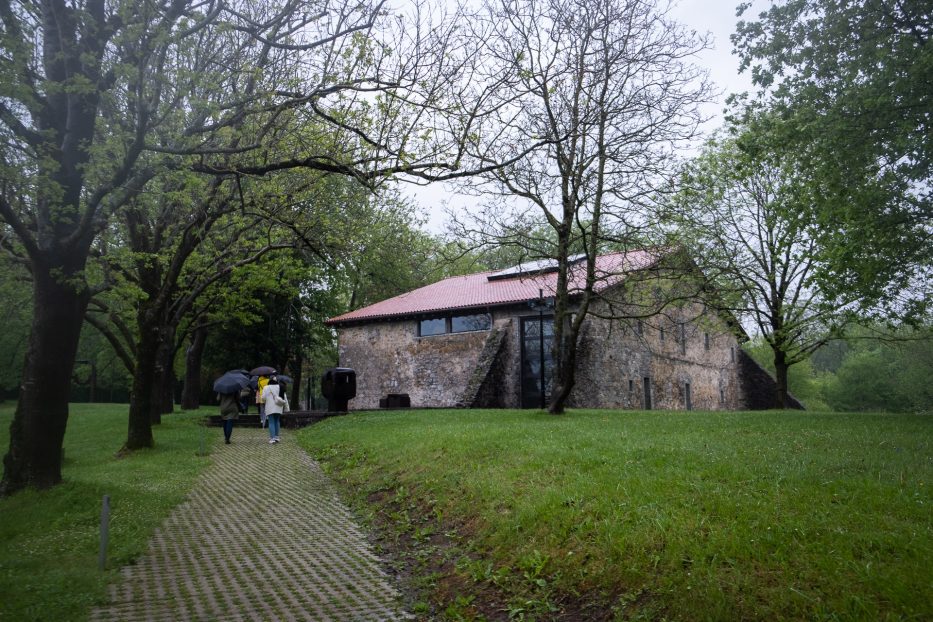
A quick drive outside of San Sebastian you can find the Chillida Leku museum.
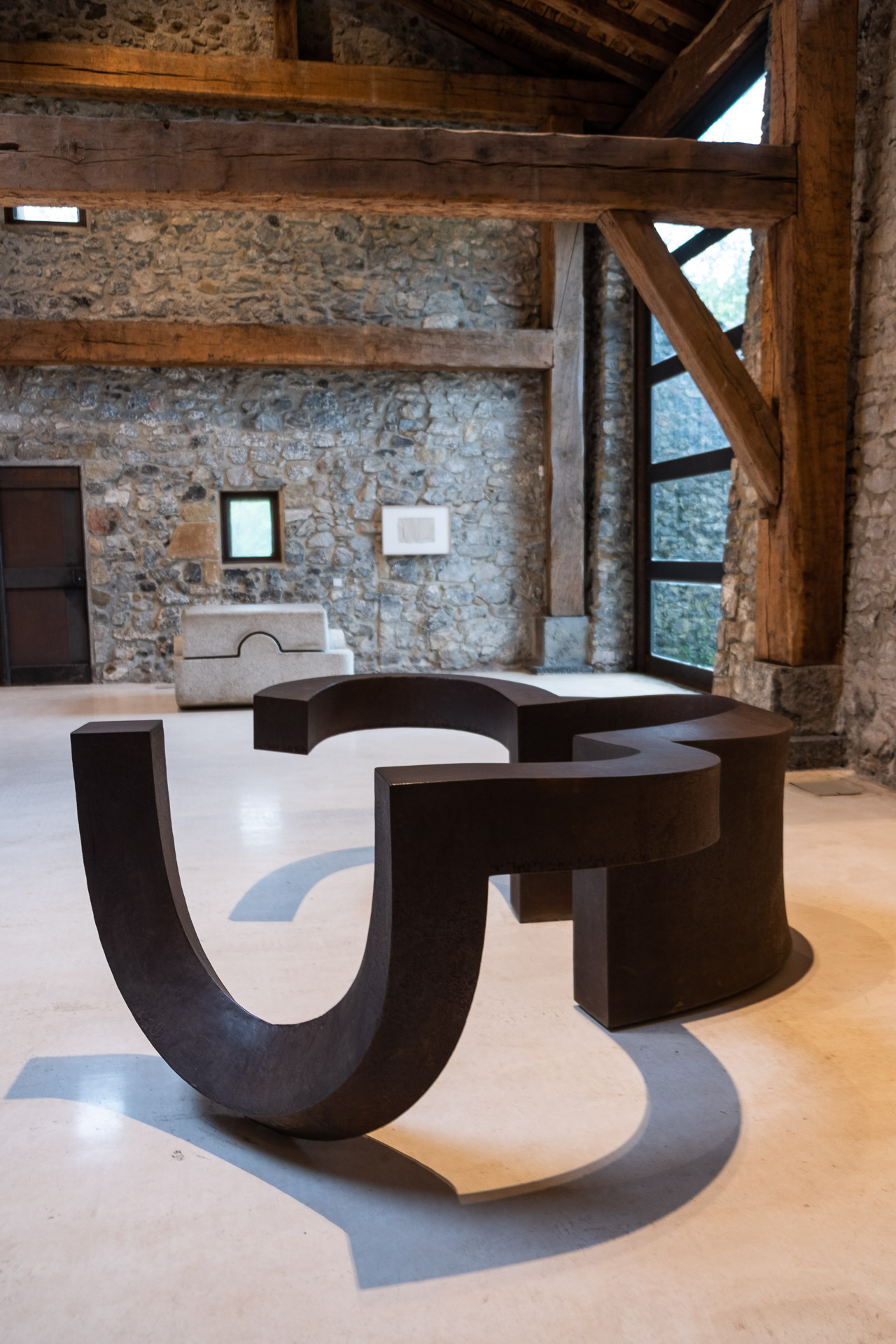
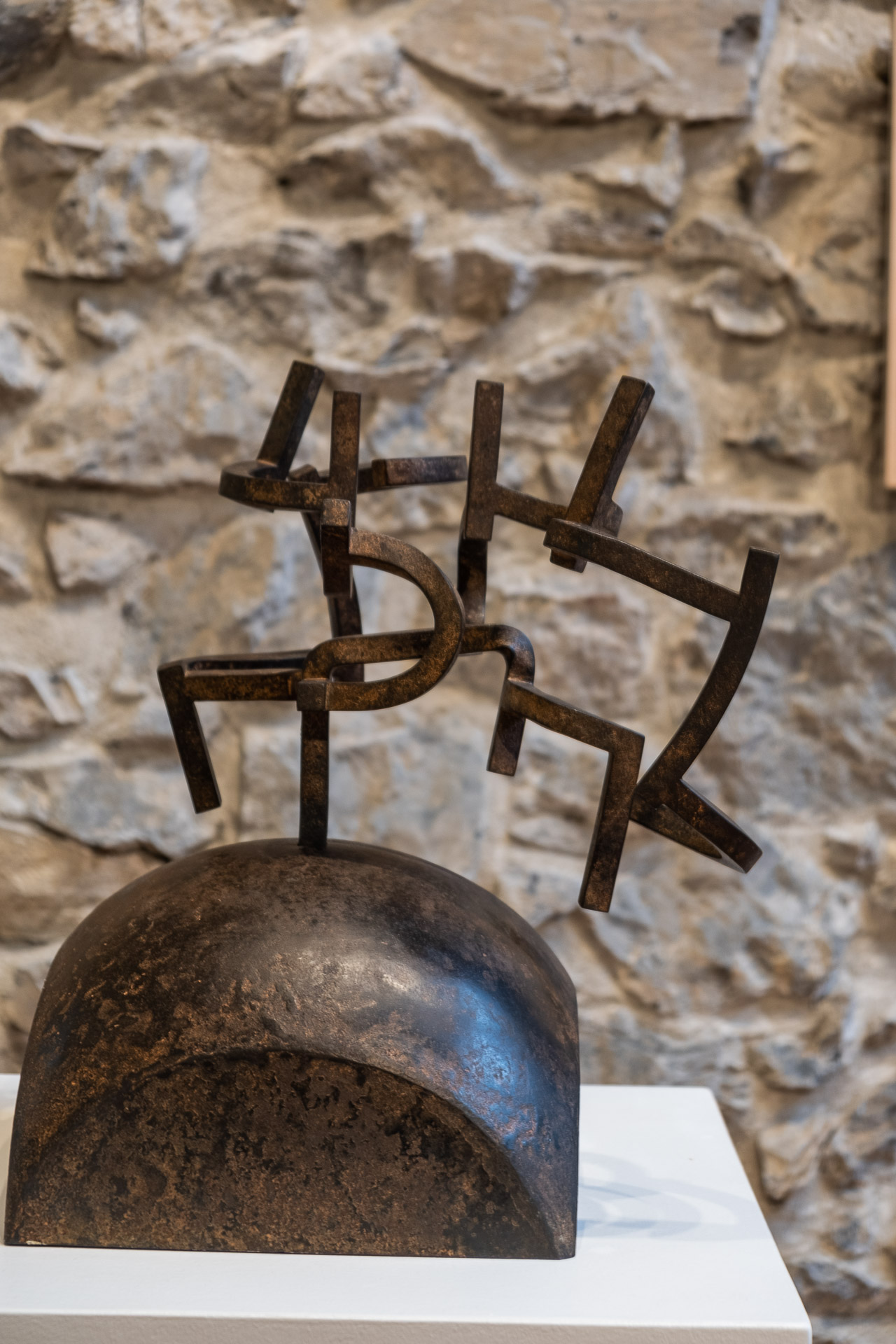
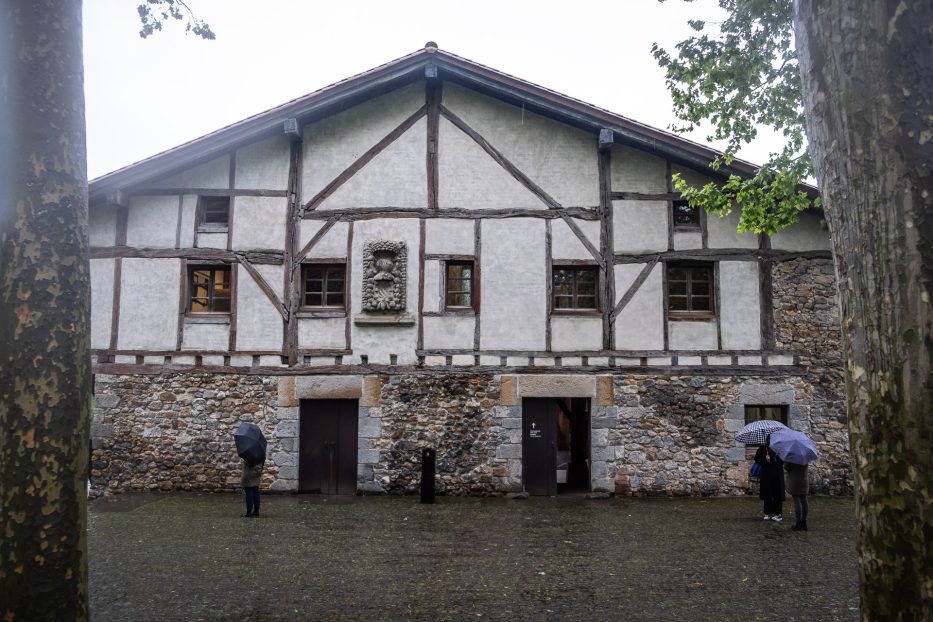
The museum, which is both an outdoor sculpture park, and this most incredible, traditional Basque house (seriously, the house itself is like a piece of art) turned into an exhibition space, is dedicated to the Basque artist Eduardo Chillida. Eduardo wanted to make sculptures, and also to have them in a park where he could “put them to rest” – because after the process of being made the sculptures were stressed.
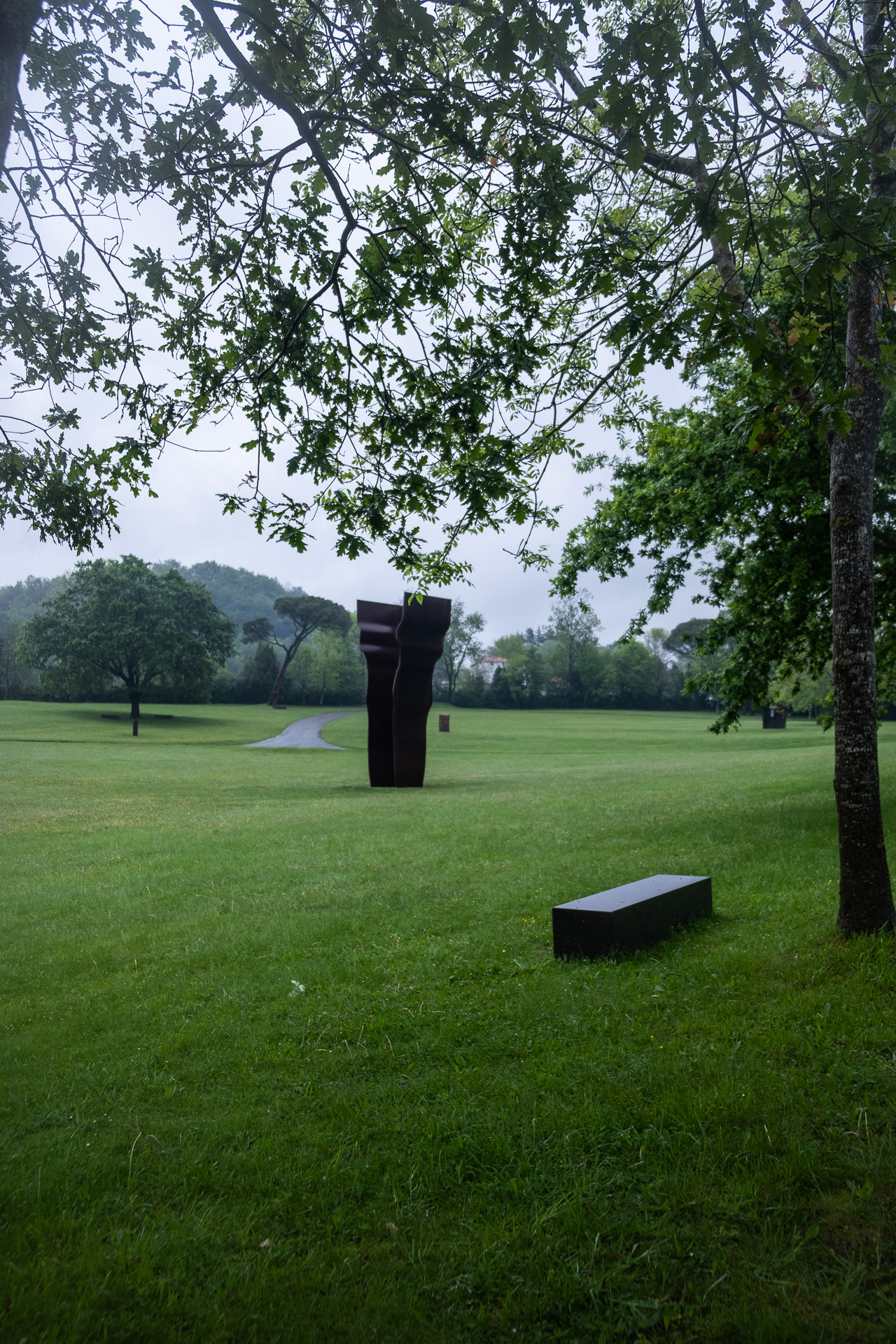
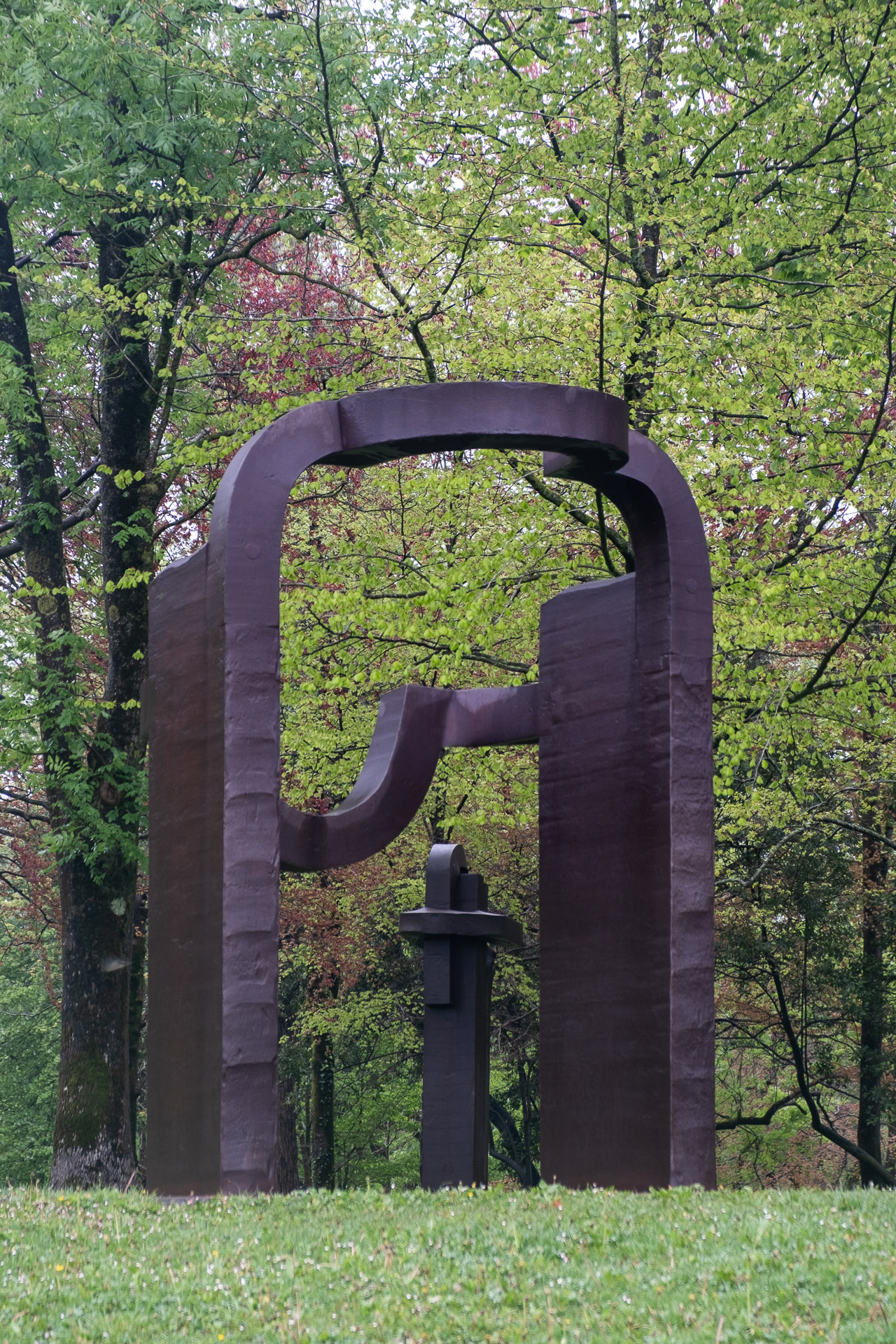
I think he has made an absolutely incredible place for his sculptures! The Chillida Leku is a fantastic location filled with great art. To me, this museum was one of the highlights of the roundtrip we had in the Basque Country. A must!
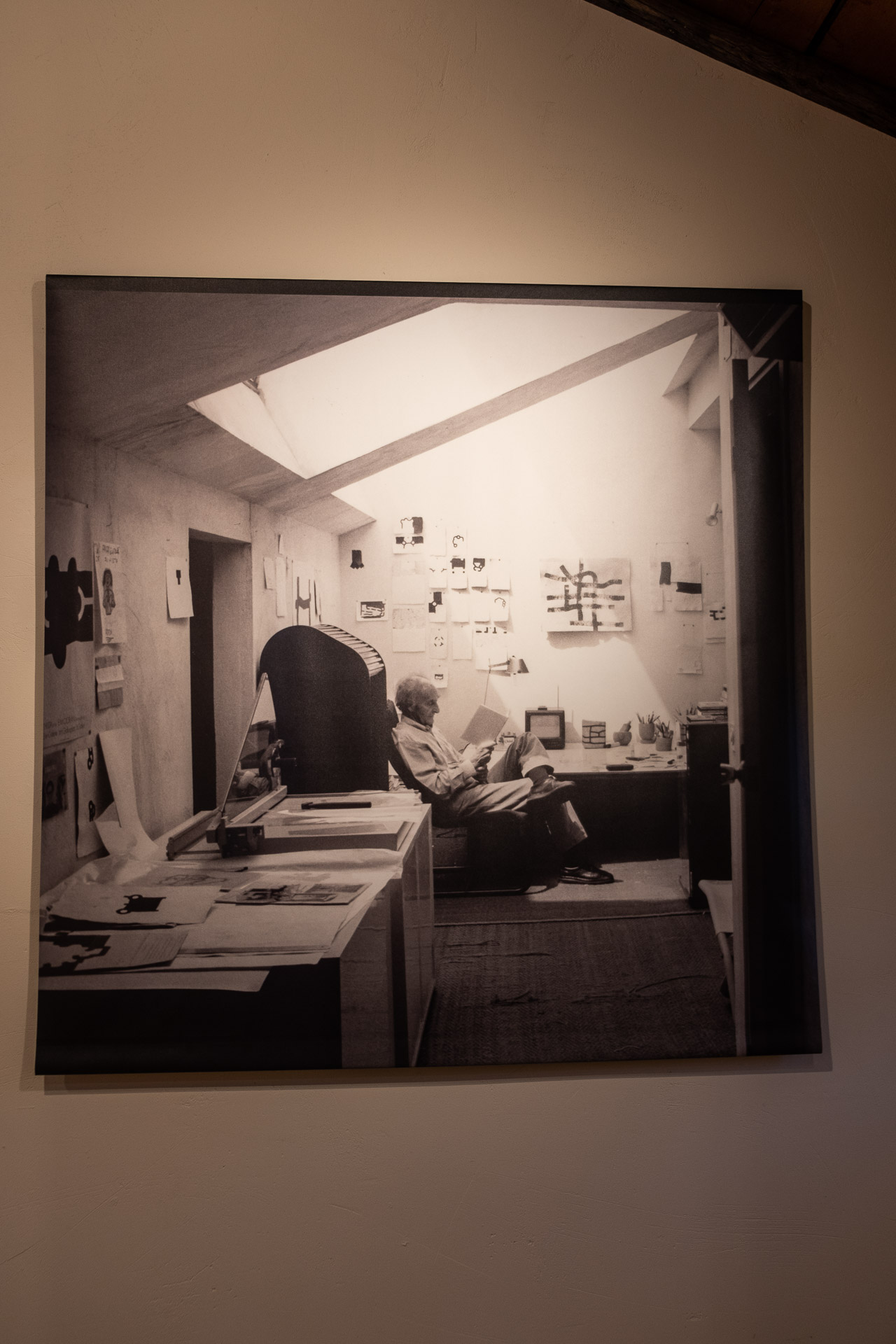
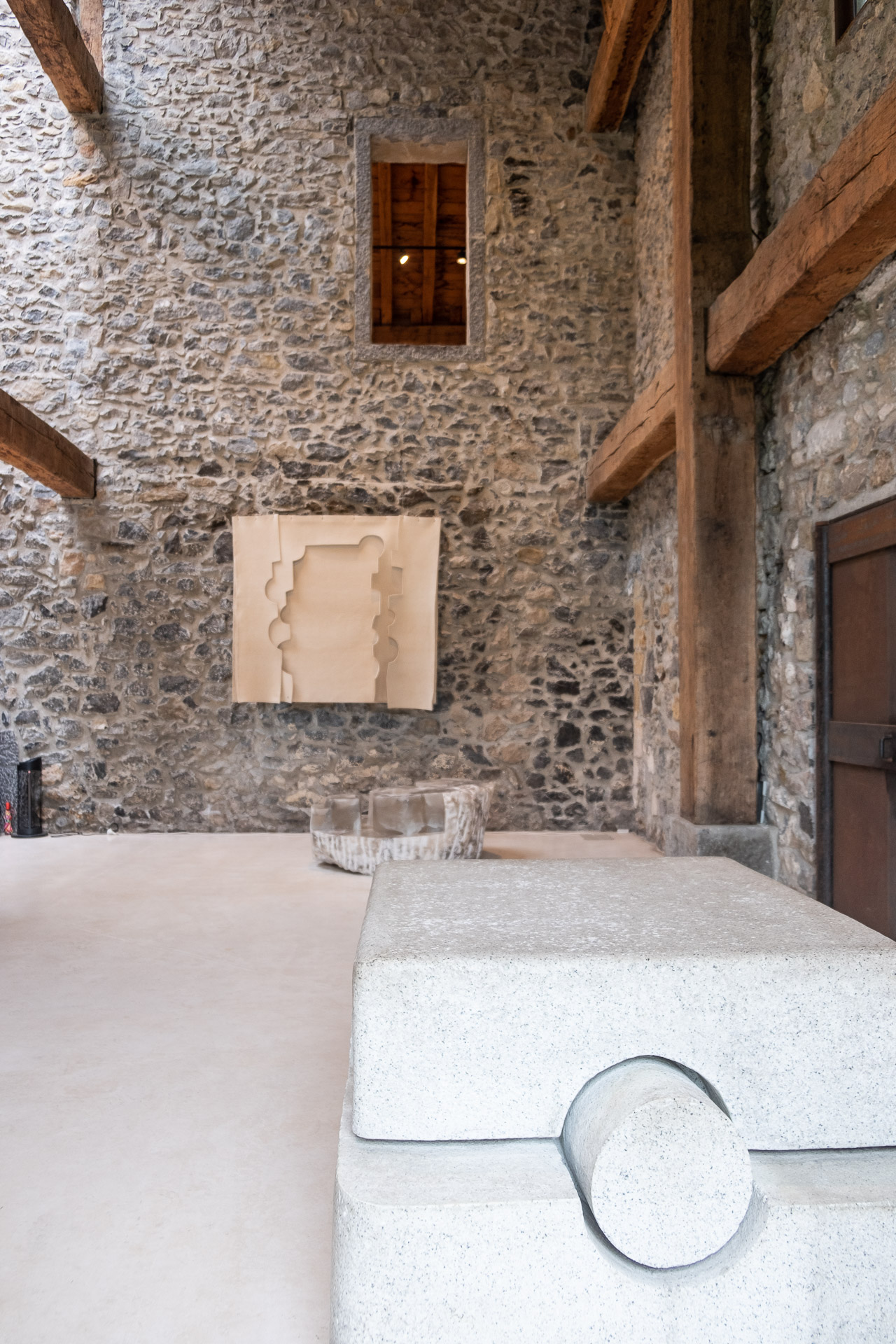
The Chillida Leku was opened in 2000, and then re-opened again in 2019 after renovations.
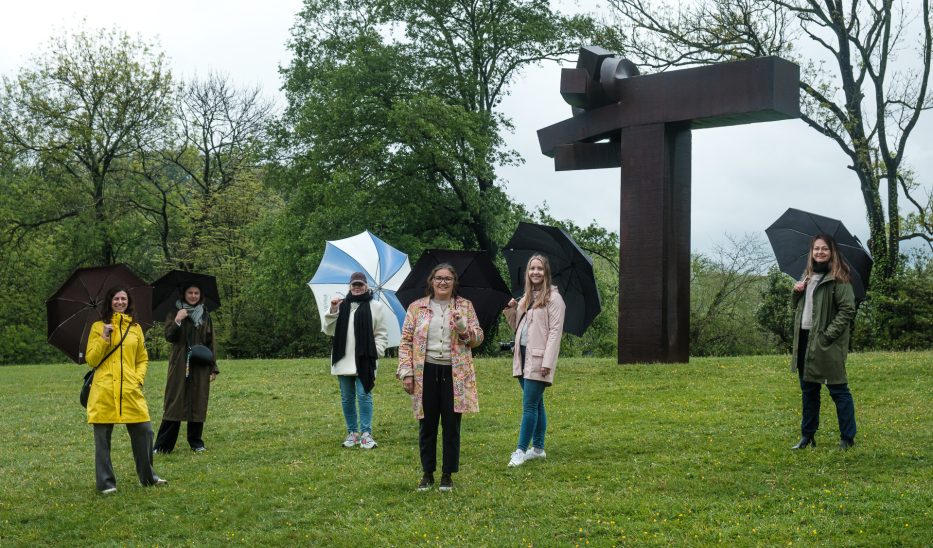
From left: Lena from Travelletters, Camilla from Urbania Magasin, Karen from Spanias turistkontor Norge, Lena from Tenk Tanken and Mette from Reiselykke.
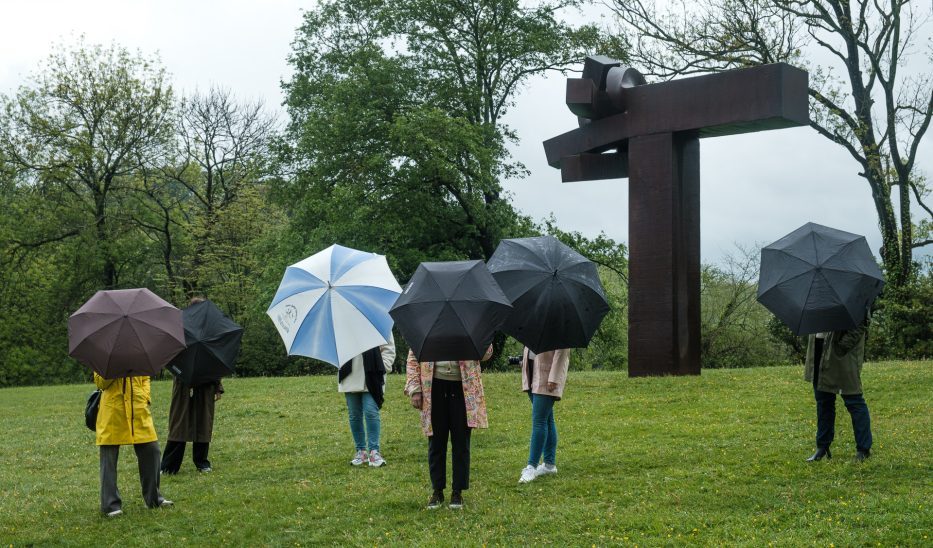
Fun fact: sculptures of Eduardo Chillida can be seen in both Sweden (Lund) and Finland. Now I know where I wanna go!
The Guggenheim Museum in Bilbao
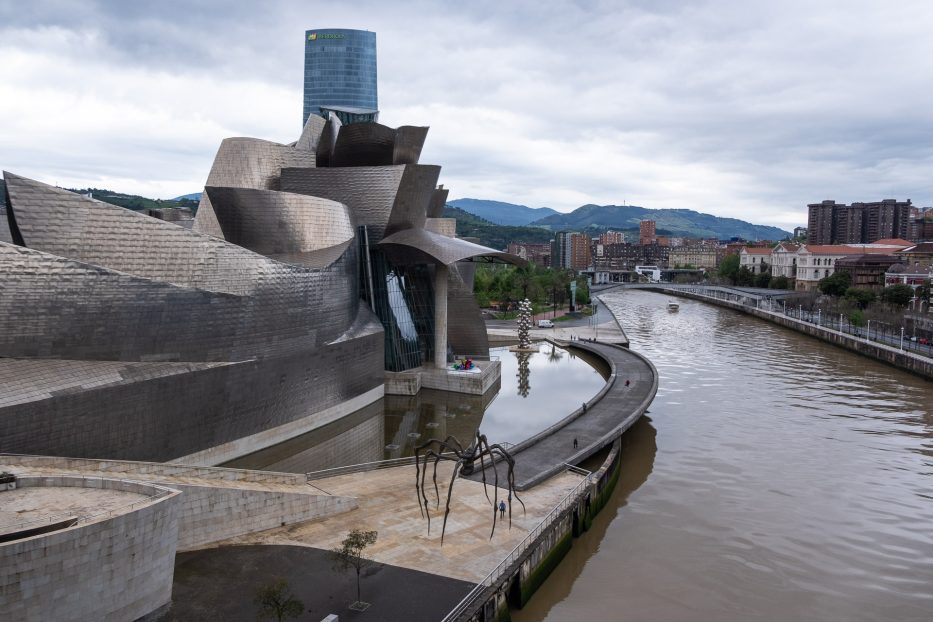
The Guggenheim Museum in Bilbao was opened in 1997. A part of the museum consists of a permanent exhibition, owned by the museum itself, while the rest consists of exhibitions that are rented for a fixed period.
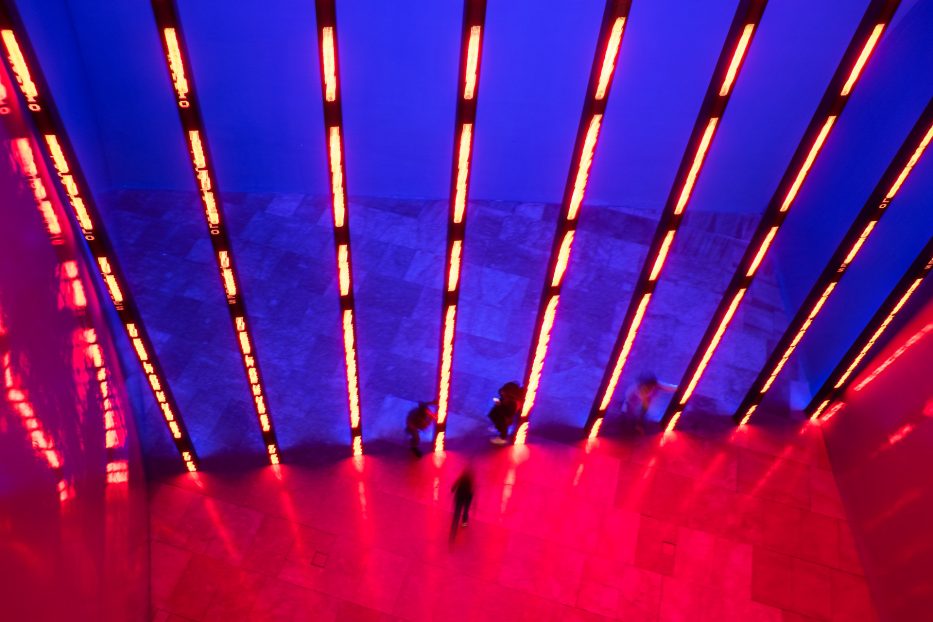
There are also some incredible sculptures to be seen outside the Guggenheim Museum – such as Puppy, and the slightly less cute Maman (an almost 9-meter tall spider).
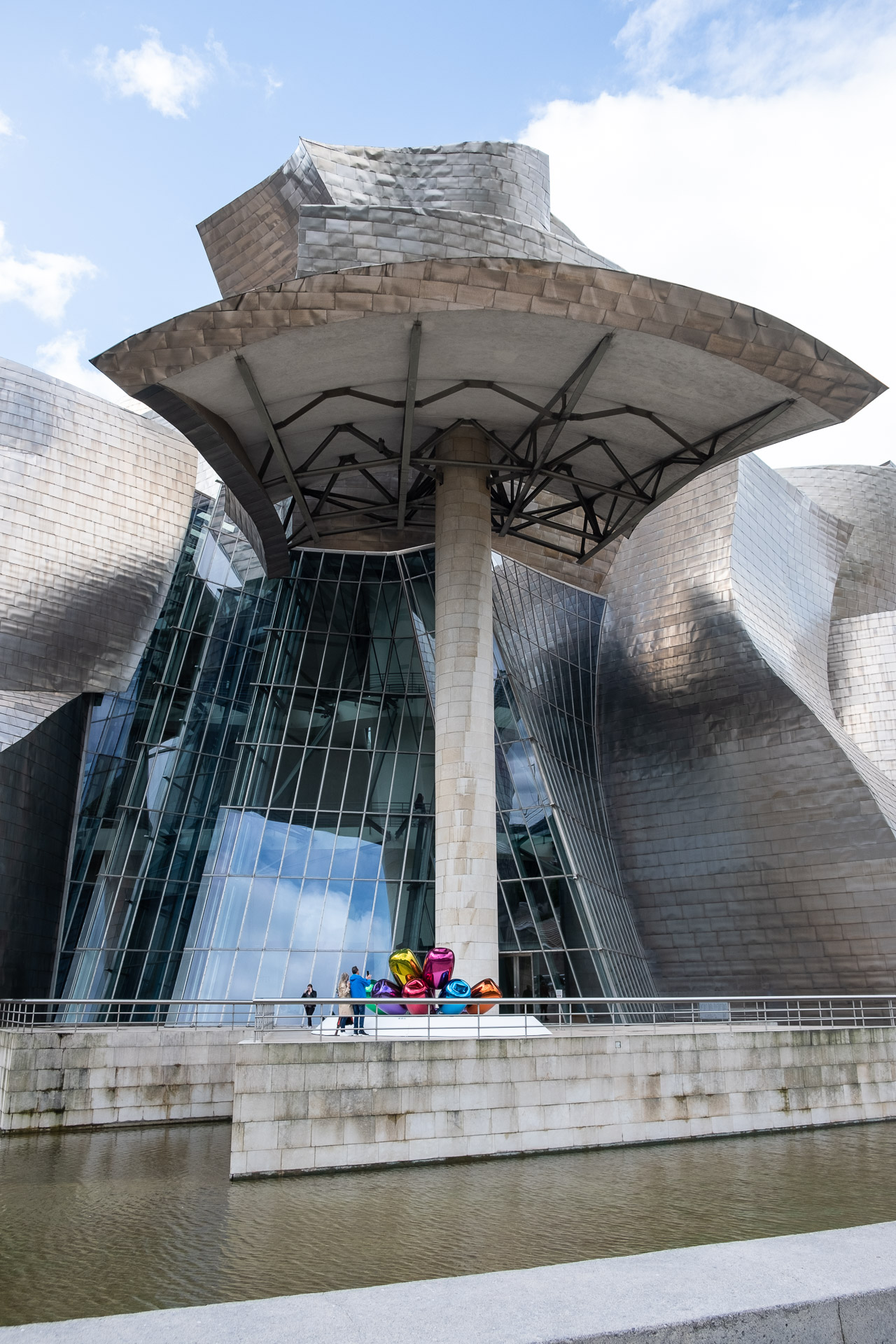
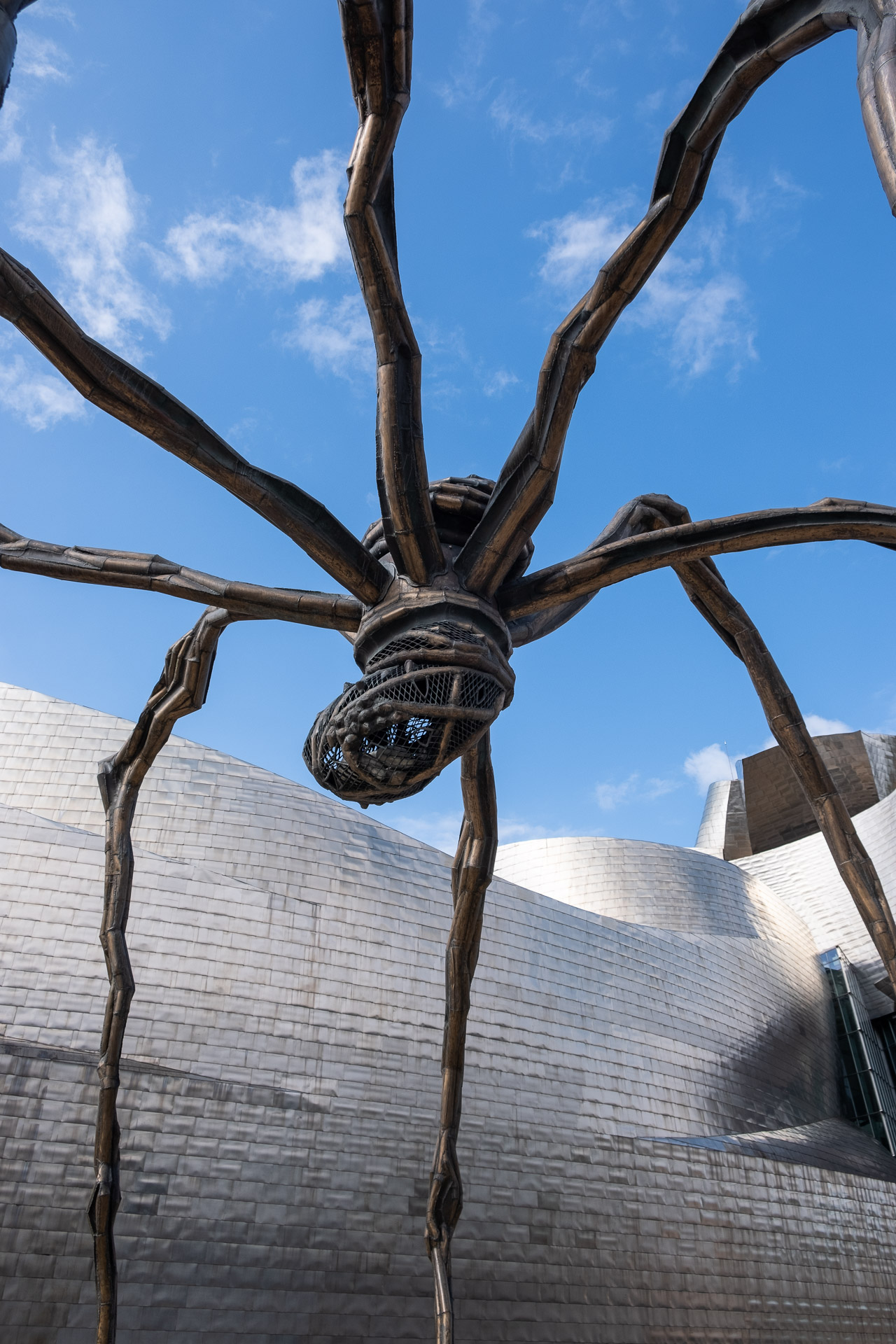
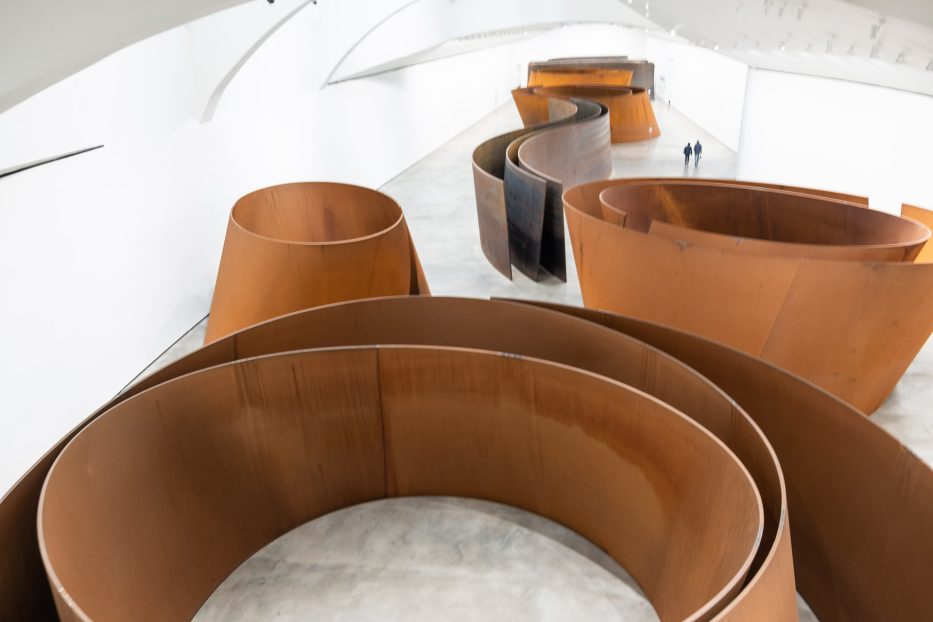
Fun fact: The designer of the Guggenheim Museum, Frank Gehry, has also designed the famous hotel Marques de Riscal, as well as several other famous buildings, such as the Dancing House in Prague.
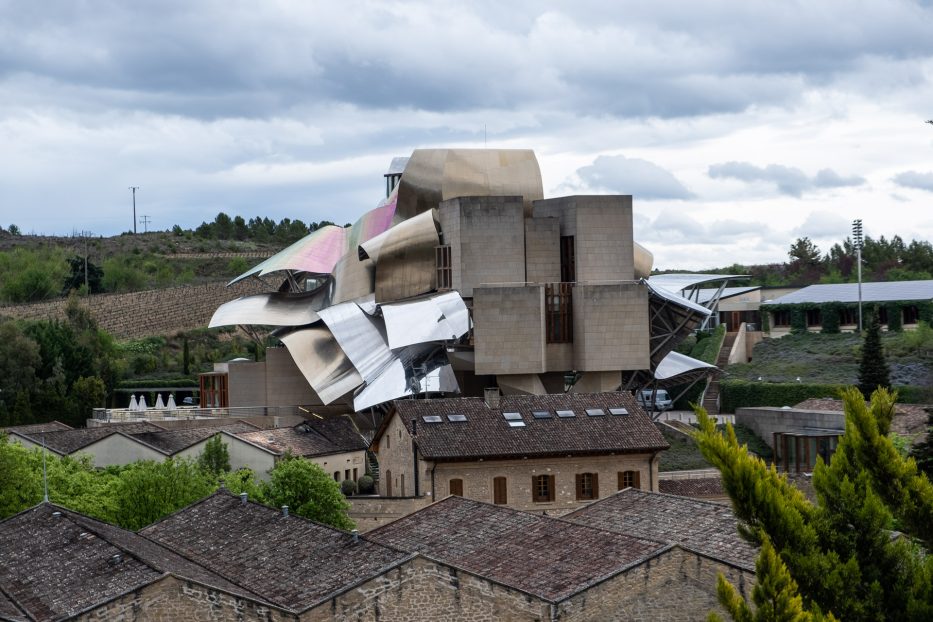
The culinary Basque country
Wine tasting in Rioja Alavesa
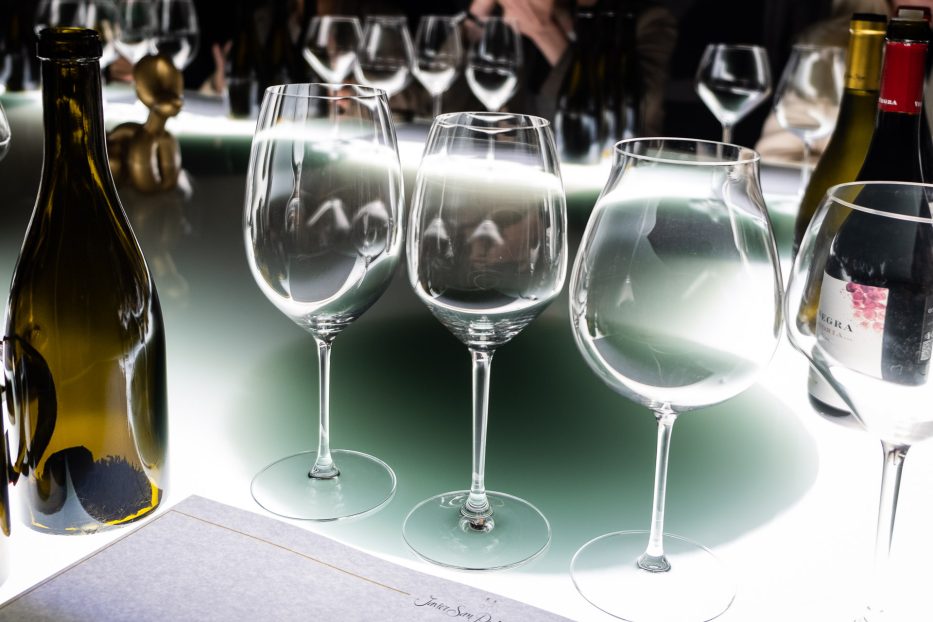
Any visit to the Basque Country deserves to include a wine tasting (or ten)! On our round trip, we visited Rioja Alavesa, the smallest of three sub-regions which produce wine in the North of Spain. We were so lucky we got to try no less than three different wine tastings – and they were quite different indeed.
Our day started bright and early, with a short bus drive through the lush landscape. Originally, Rioja had no chateaus like then once you might see in France. No, in Rioja, everyone lived in the city near the fields. For generations, wine has been the main focus here, and the business everyone was working within.
We pass the small town of Samaniego, where all inhabitants live in houses on one side of the street, and the other side of the road consists of small houses used as wineries – where most of the action happens below ground level.
A different kind of wine tasting with fewer senses
Our first stop of the day is at the Javier San Pedro winery, with its slogan “Think less – feel more!” That sounds like a great idea, I think, as I am handed a glass of red and a small caviar dish at 10 am.
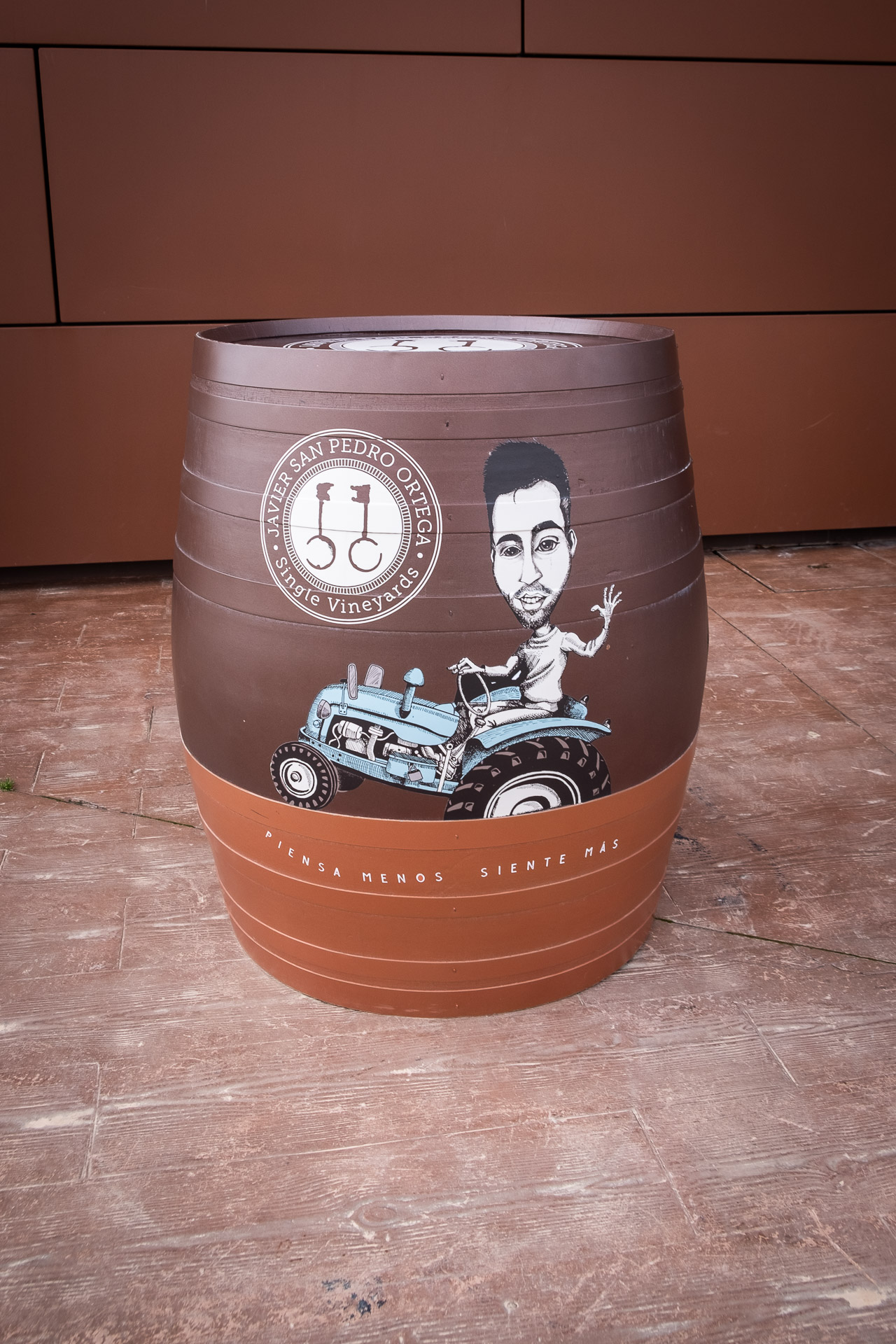
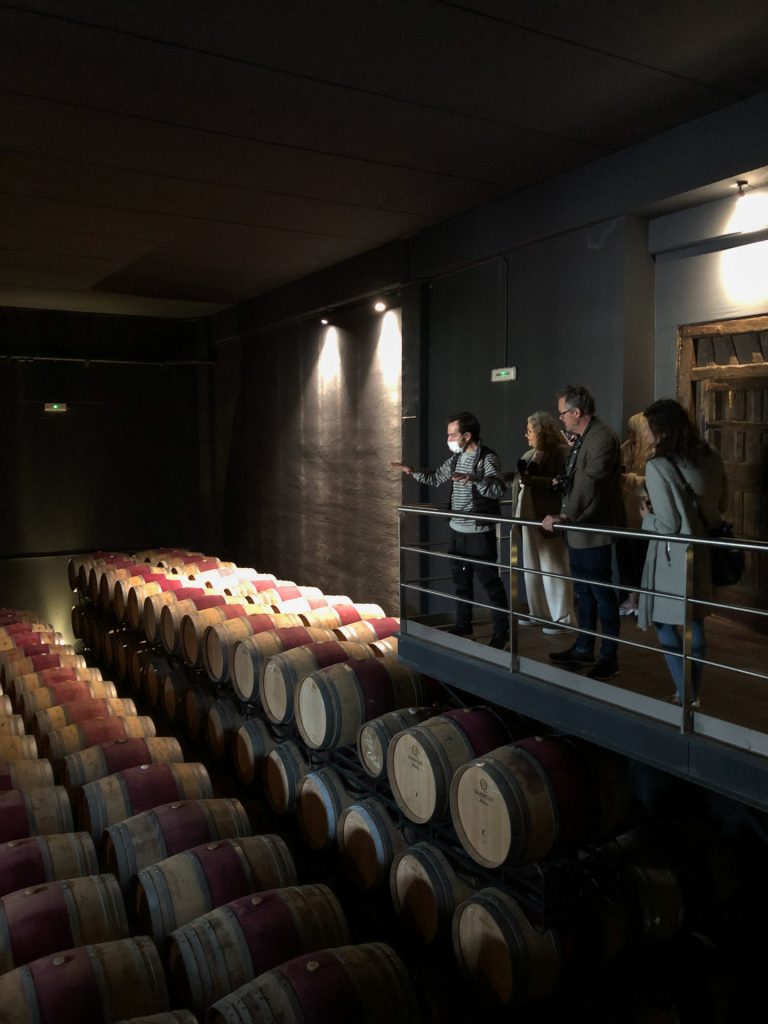
We’re taken through a bit of a different sort of wine tasting, in line with their motto. We each get a glass which is completely black, blocking out our sight of the wine. Is this white or red wine? The next glass is served with a lid, either red or blue and a straw. Which wine is better? Sipping wine with a straw might sound like a fun idea, but it’s incredible how much of the wine you feel you miss out on.
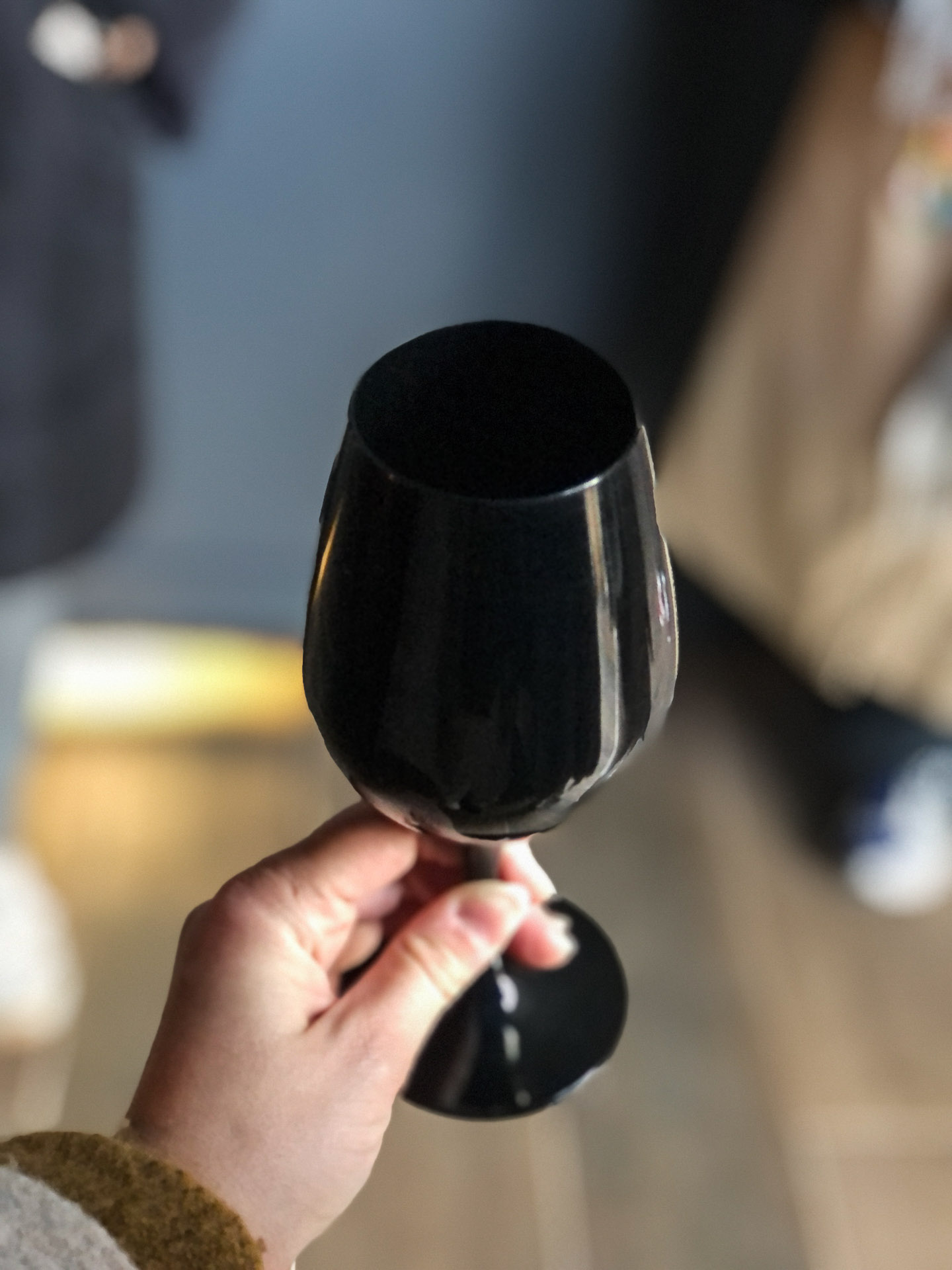
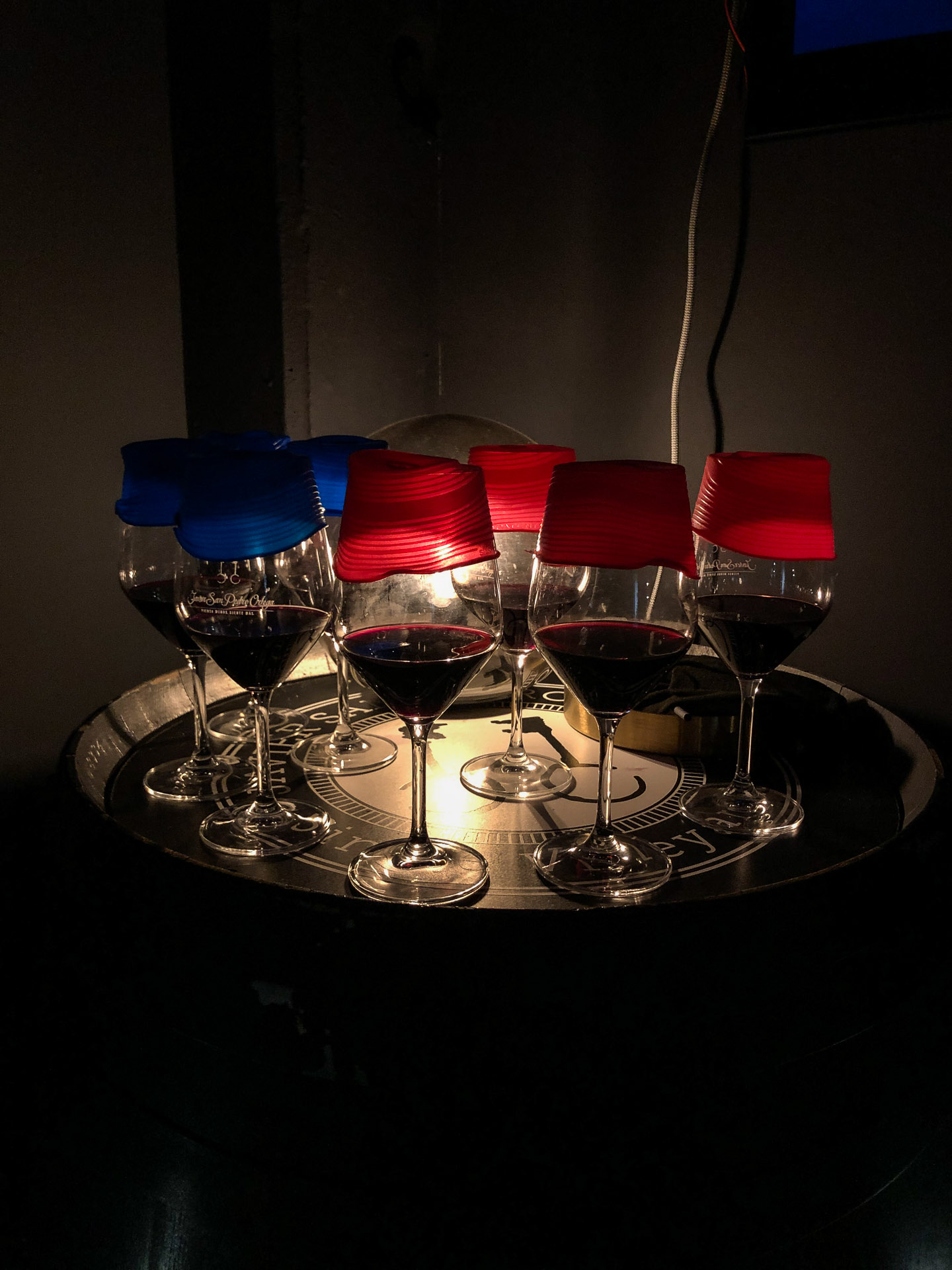
We round up with an actual tasting and a revelation about the wines we’ve tasted earlier. I won’t tell you what though, you will have to go there to try it for yourself. I can tell you that it definitely had to do with the lack of using senses. Again: think less, feel more!
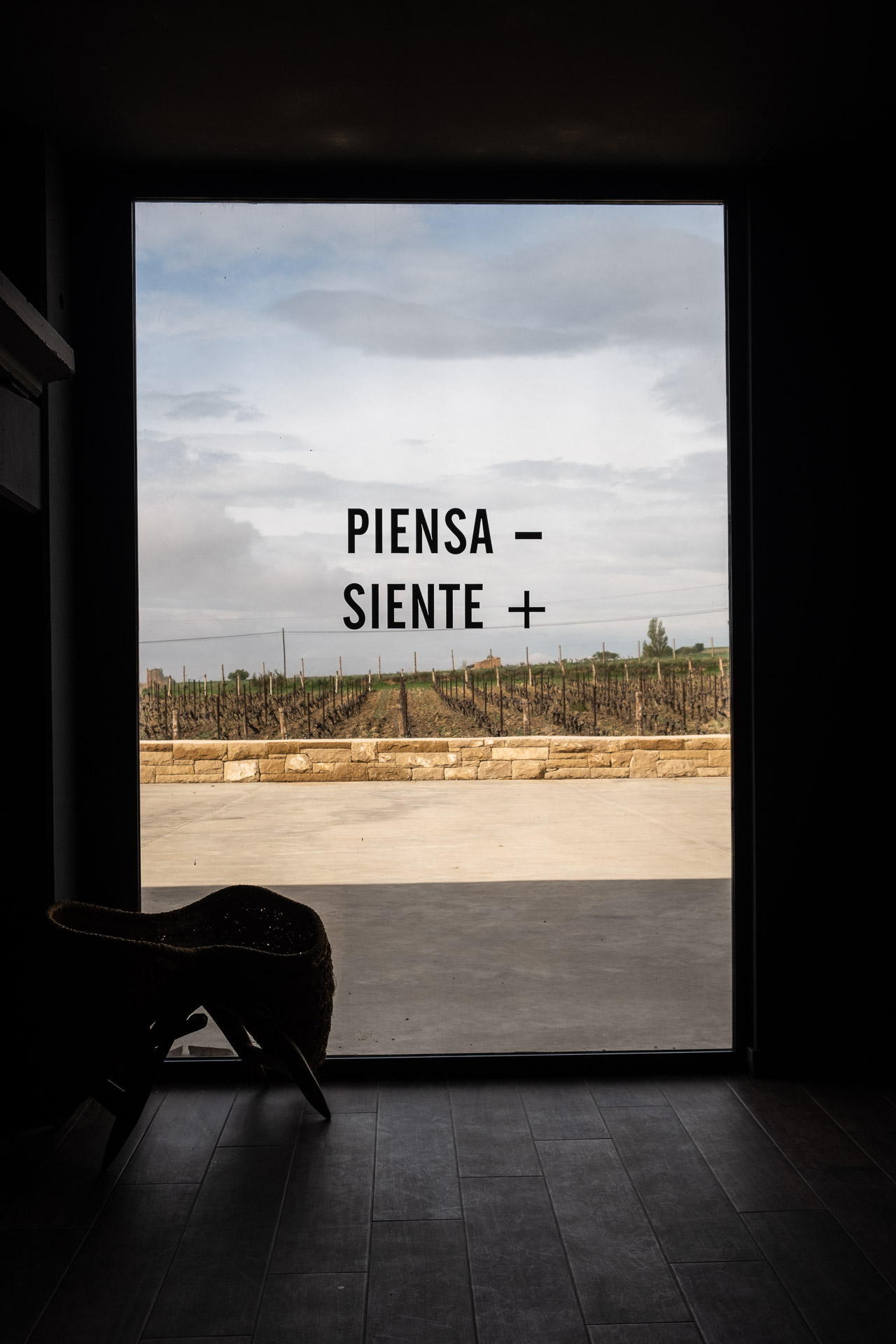
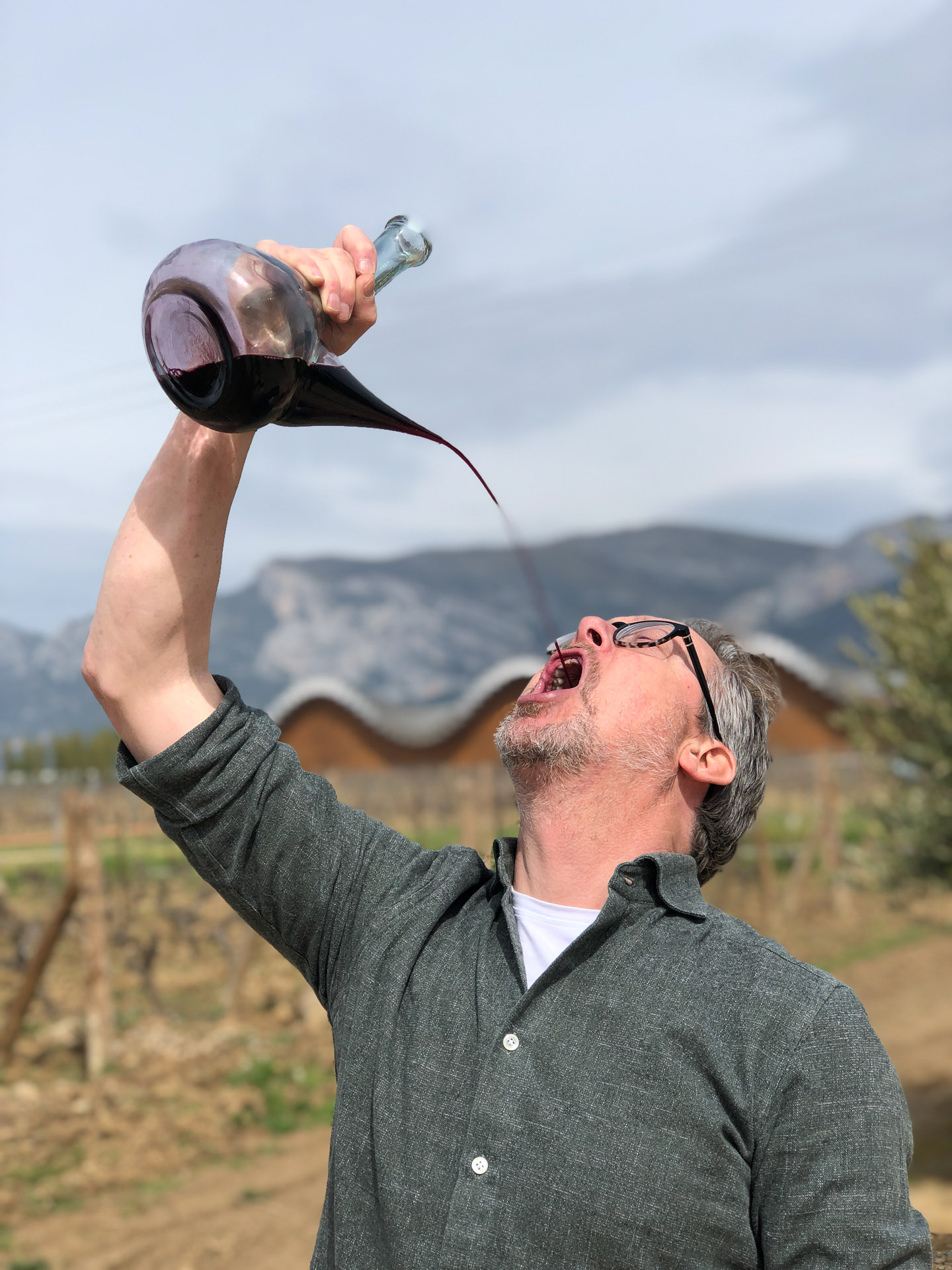
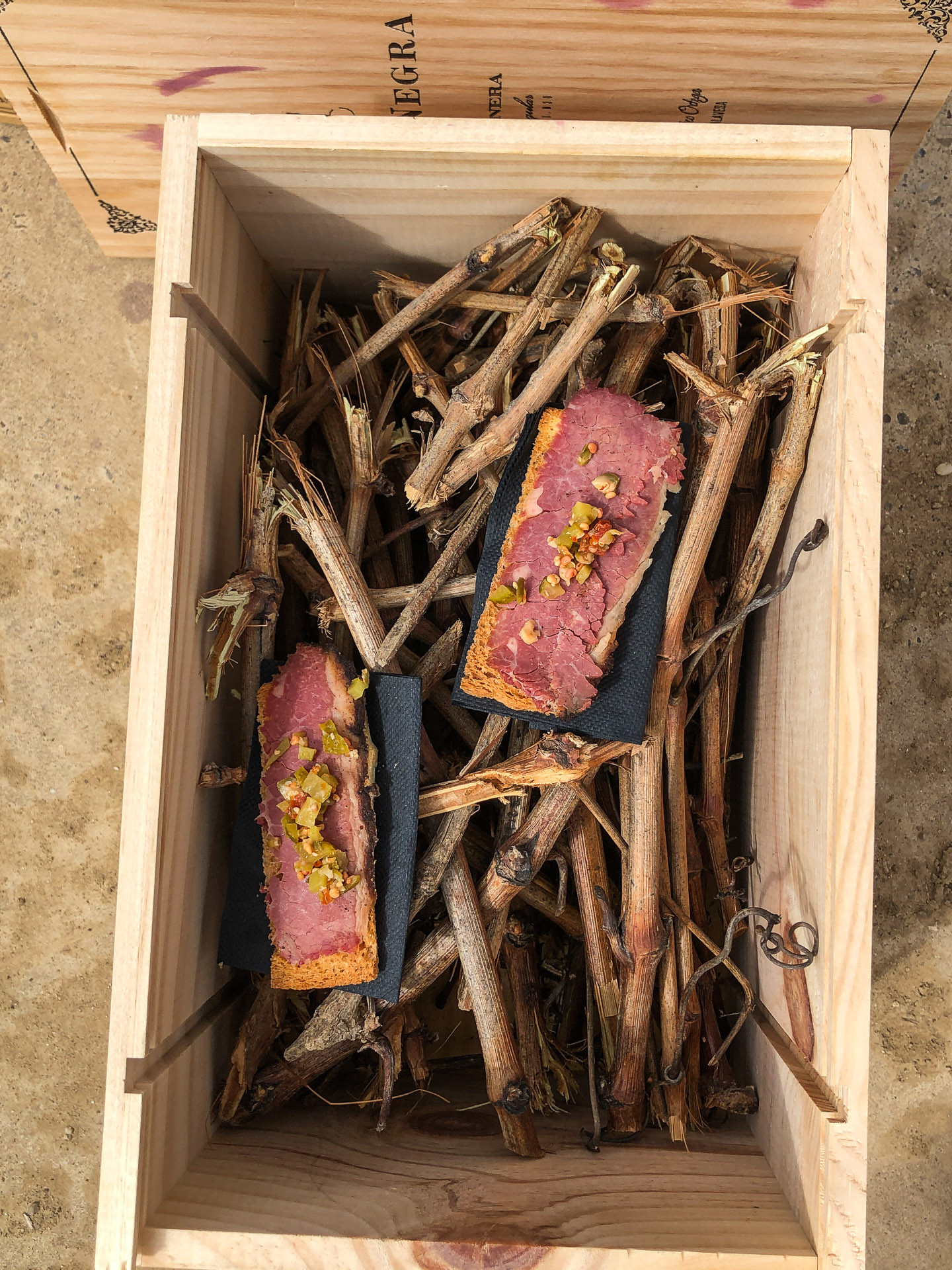
Our next wine stop is Mayor de Miguel, which is located deep inside the medieval walled city of Laguardia.
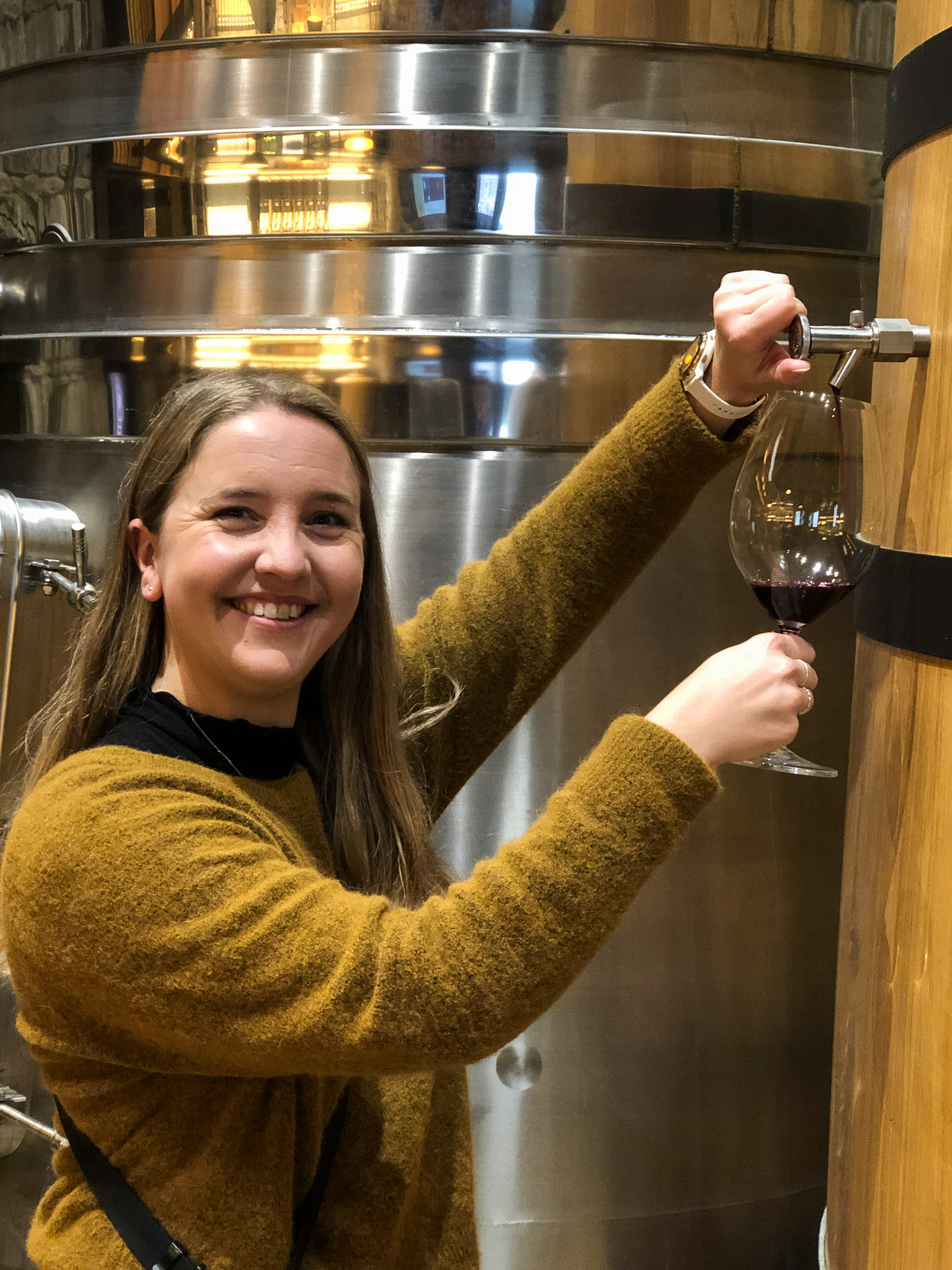
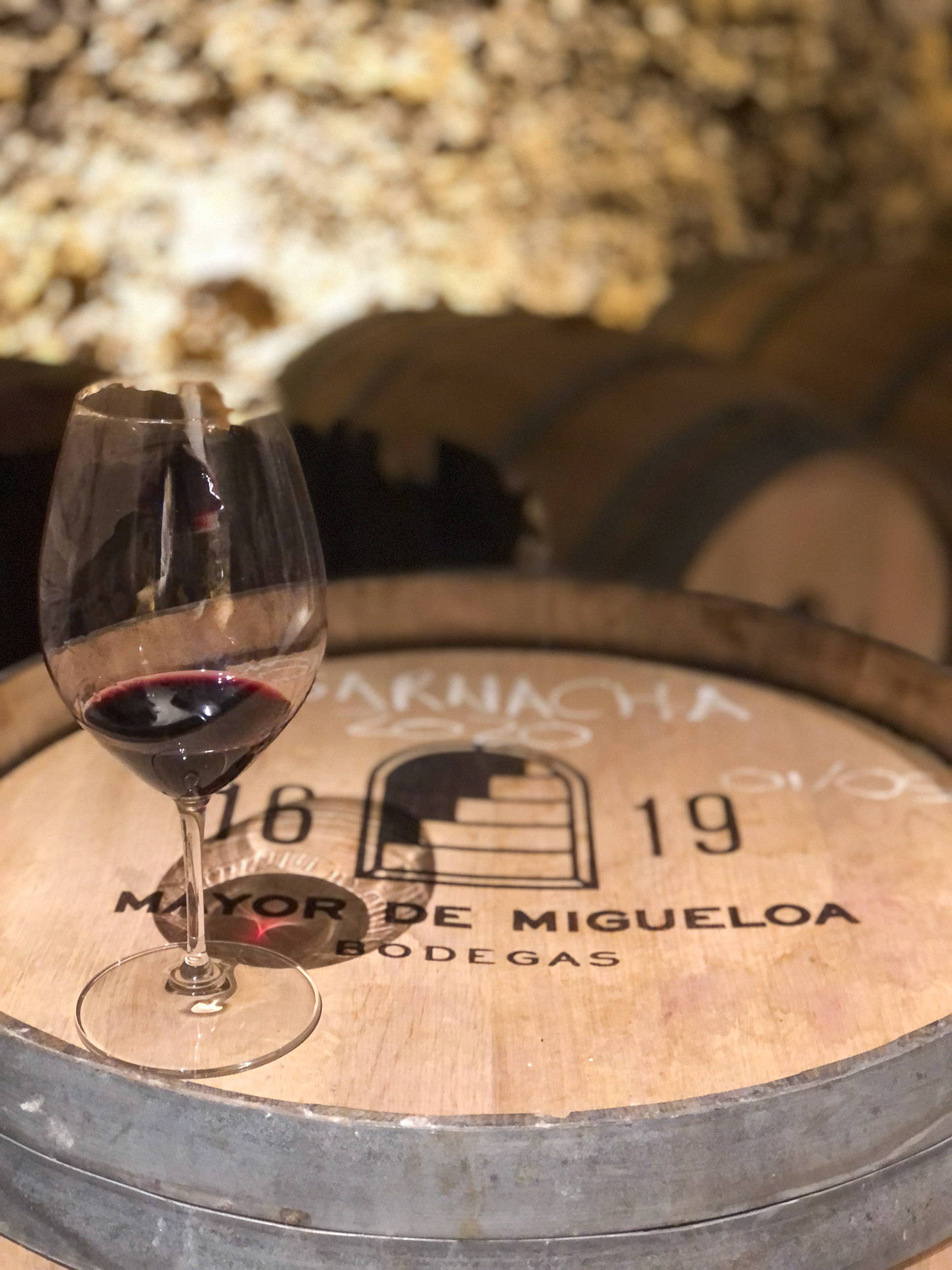
Everything found in this winery has been manually moved here, as there are no cars allowed in Laguardia. Quite impressive!
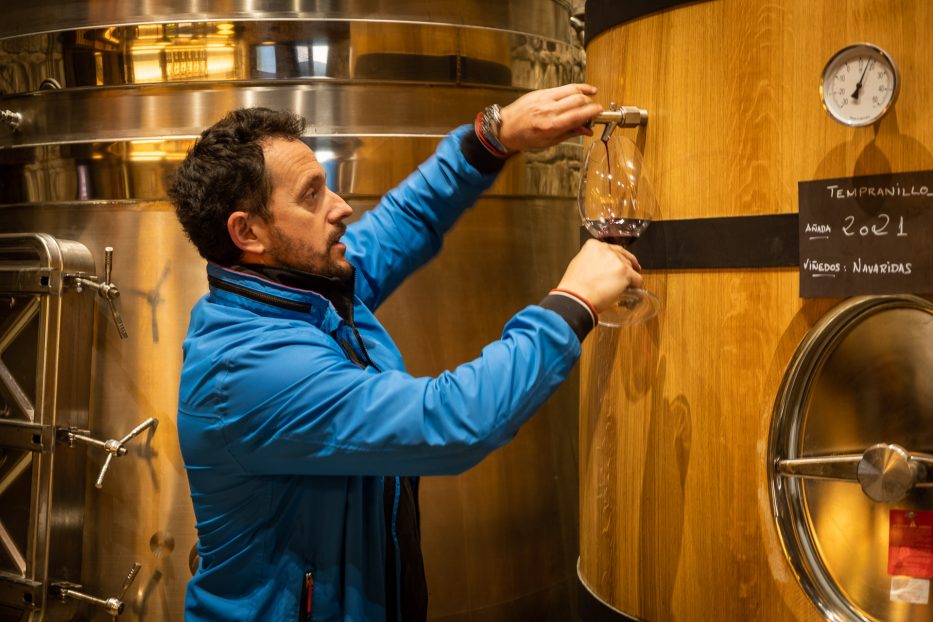
Here we’re allowed to try several different wines straight from the barrels before we’re served a huge and delicious lunch – which is a great idea for a day filled with wine tastings.
Our third and final winery of the day is El Fabulista. This winery is located 7 metres below ground level and is located in a wine cellar beneath a 17th-century palace.
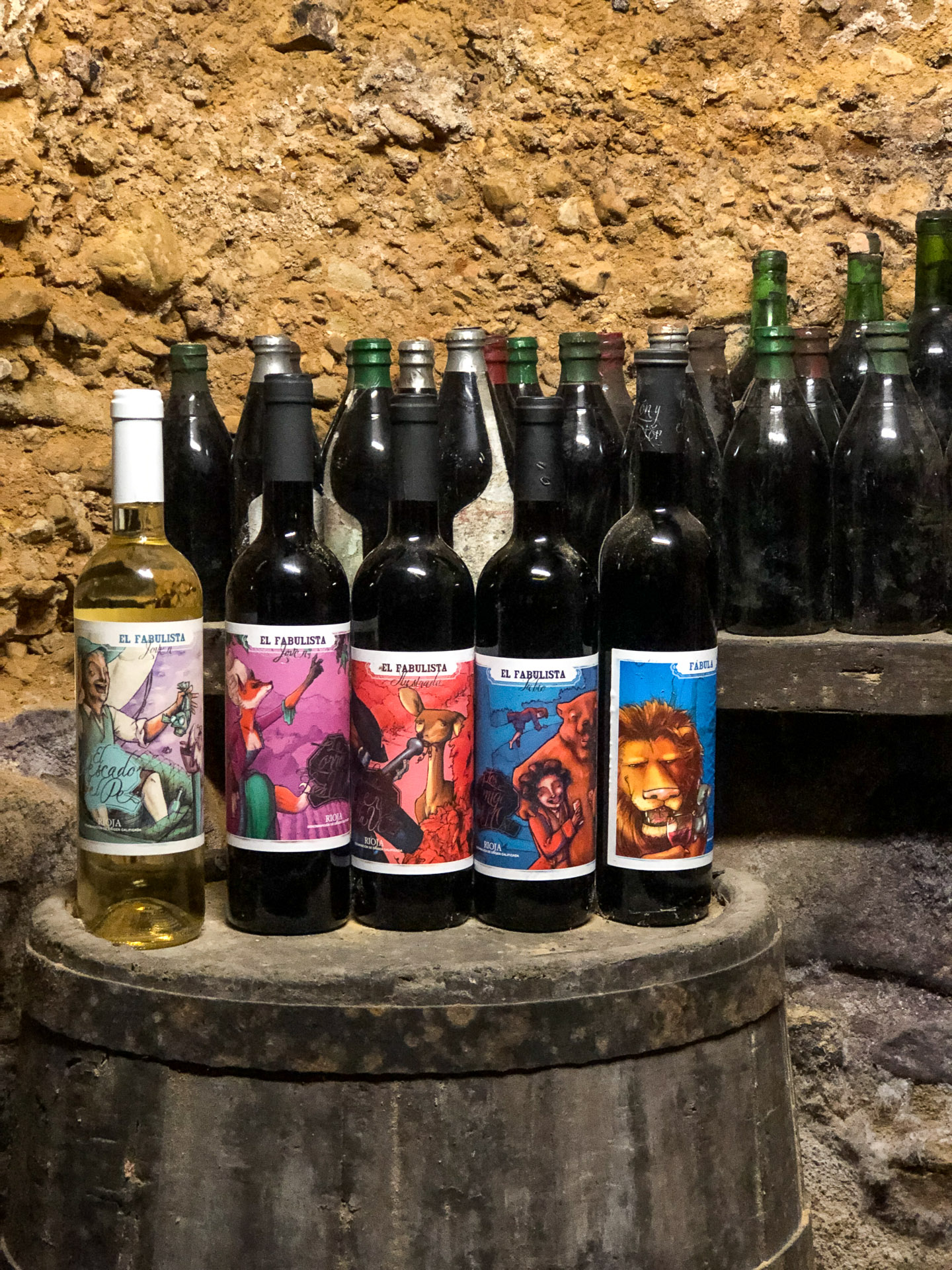
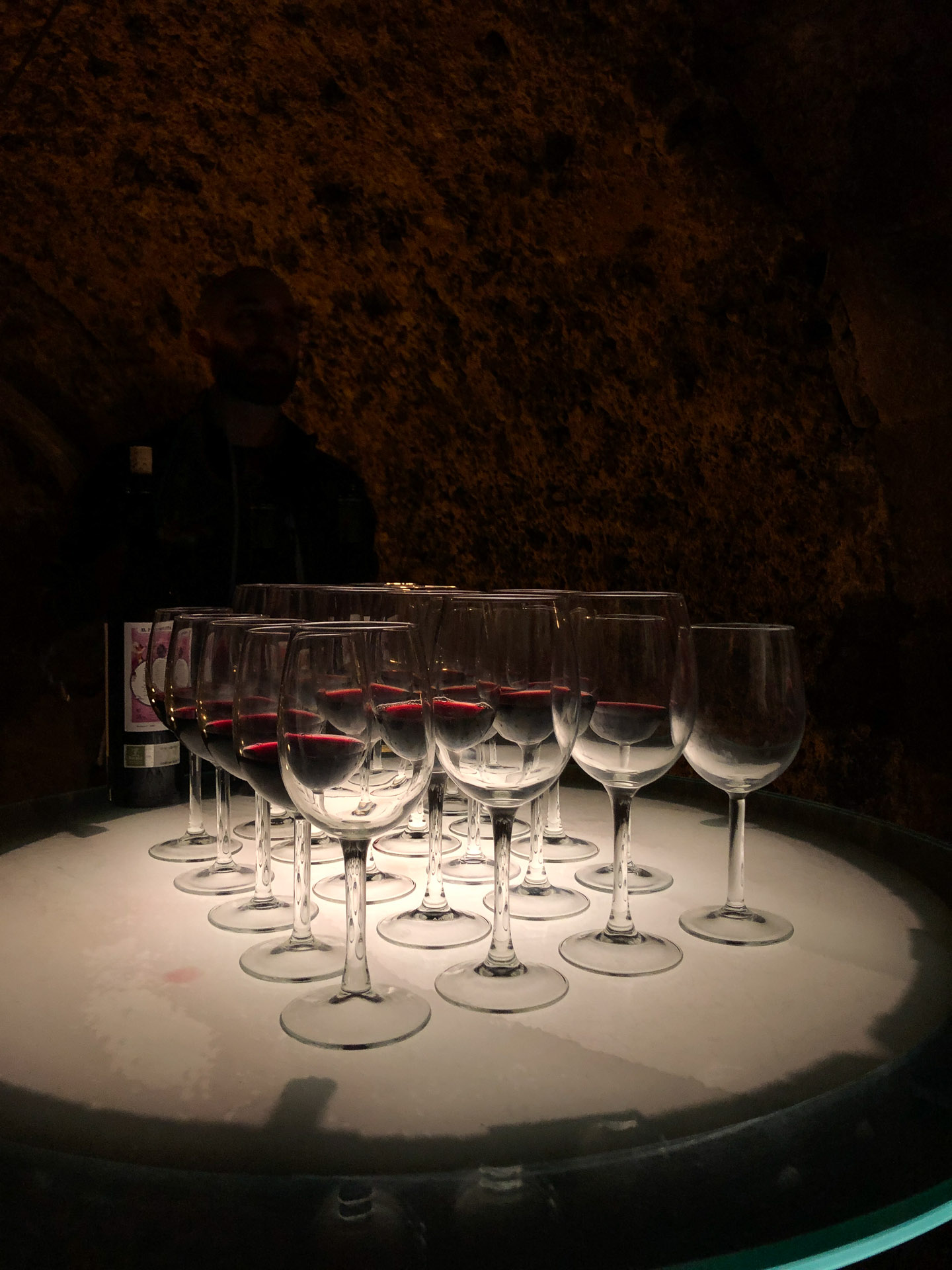
Here we are given proper instructions on how to taste wine:
- Hold the glass from the base or the neck to avoid warming up the wine
- Smell the cork when opening the bottle to make sure there is no funny smell
- A minor mistake might not cause any faulty smell of the cork. It is therefore important to smell the wine without swirling it first, to make sure no possible mistake is hidden.
- Now we check the color. We hold our glasses over a white background, and look at the rim of the wine
- Smell it again to see the differences
- The first sip: Move the wine a little bit in your mouth first until it goes a little bit warm in order to prepare your mouth
- The retrogusto or retronasal is taking air through your mouth (with wine in your mouth of course) and forming bubbles. Beware: if they touch your throat, you will cough!
- Then move the wine in your mouth with the oxygen, and drink!
Topa! (Basque for “cheers!”)
Cider + Pintxos
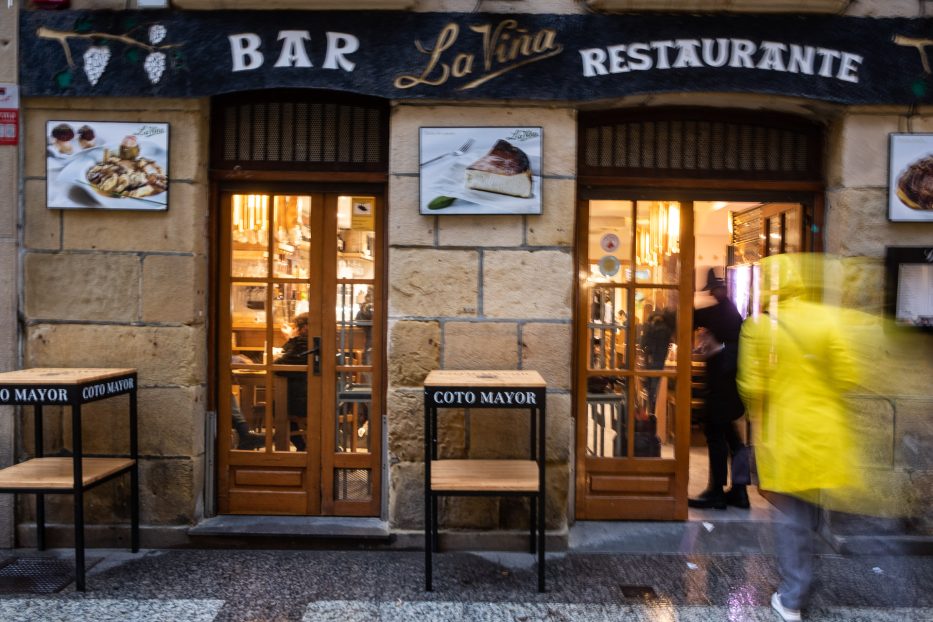
One of the best things about the Basque country, in my opinion, would be the food. Pintxos, a great restaurant, and of course also the wine and Spanish cider. In fact, I loved it all so much that I wrote a separate blog post about it.
Click here to read my blog post: TXAKOLI, SPANISH CIDER AND SOME PINTXOS, PLEASE!
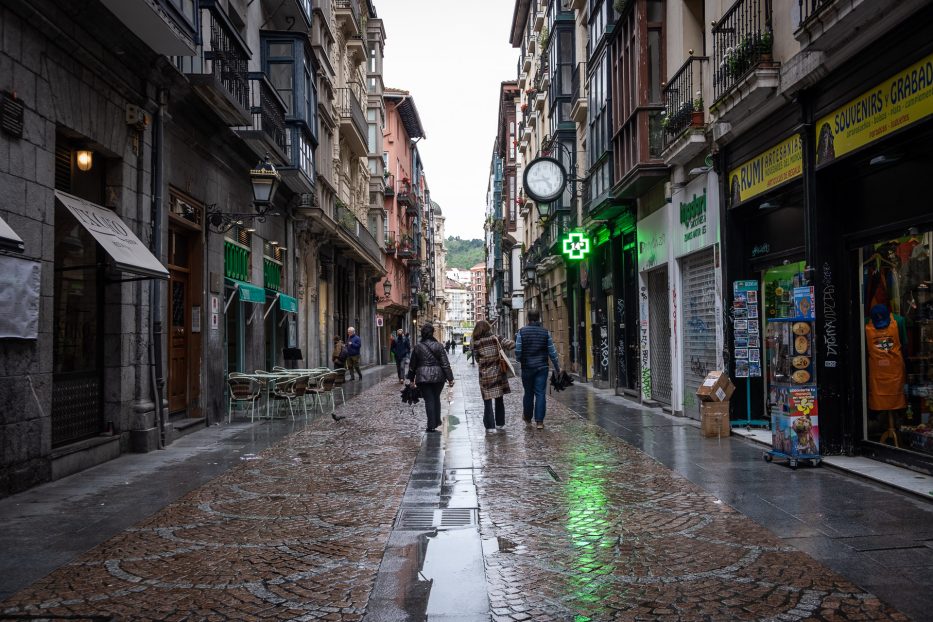
Learning by eating – attend a cooking class
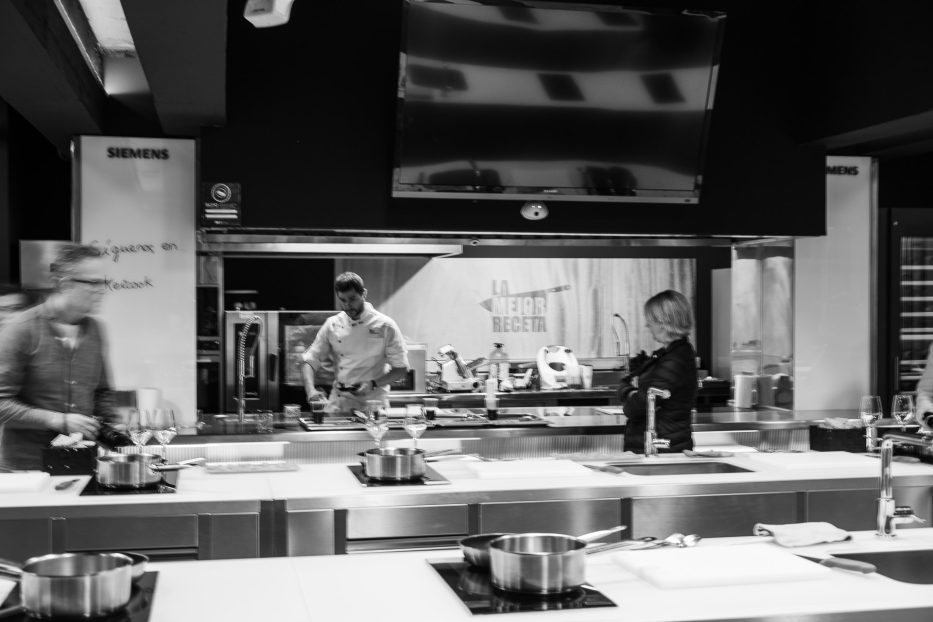
Although the Basque country has no lack of great restaurants, pintxos bars etc, you might want to cook a meal yourself – or even just learn one of the many recipes for traditional Basque dishes. This is possible, as you can find several cooking classes around in the cities of the Basque country. I attended one myself, at _keikook in Vitoria-Gasteiz. A social and fun experience for those who enjoy cooking (and eating).
Salinas de Añana – the salt valley
The Basque country is known to have some of the best wine, food – and also some of the best salt in the world.
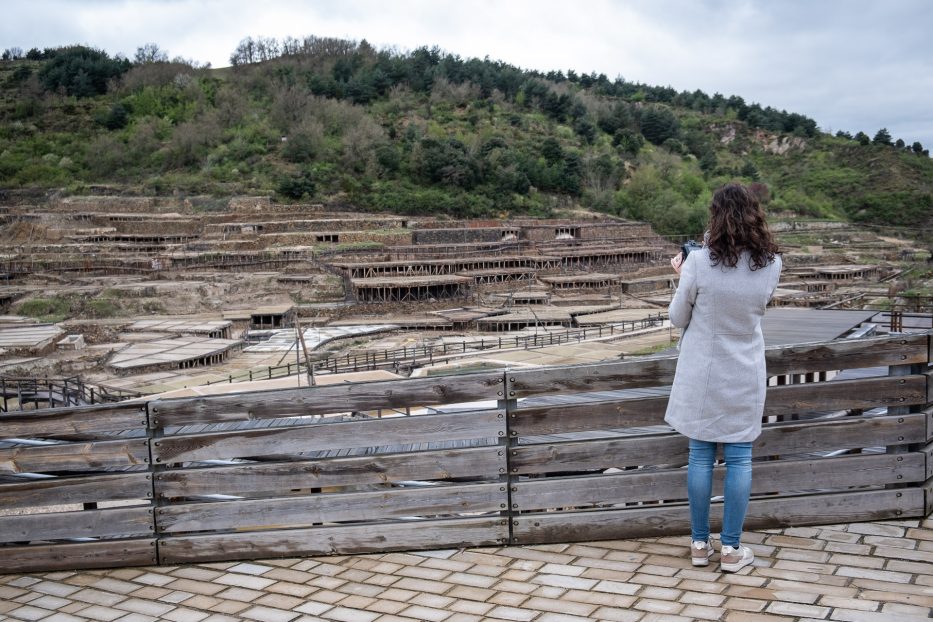
We visit Valle Salado, a salt valley where salt production has been up and running for the last 7000(!) years. This is not only a spot where you find some of the best salt in the world (as we would later see, some of those 29 Michelin star restaurants in the Basque country have their own spots here).
The word “Salt” actually means “the white gold”, and the word “salary” originates from the word sal – salt. The salt valley used to be the most important spot for the nearby village – as most of the 150 people working here would live in the city. Today there are only 7 people left working here.
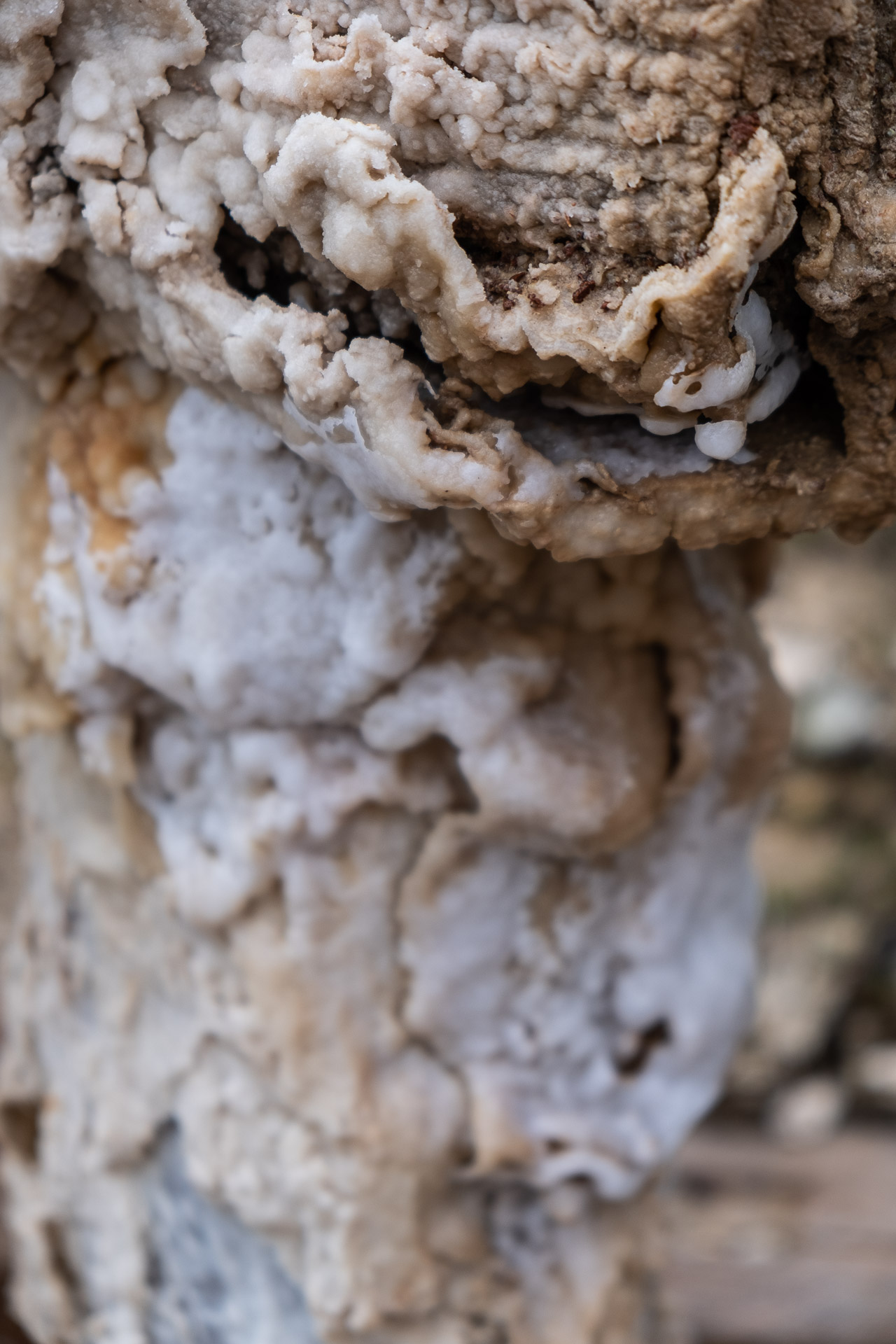
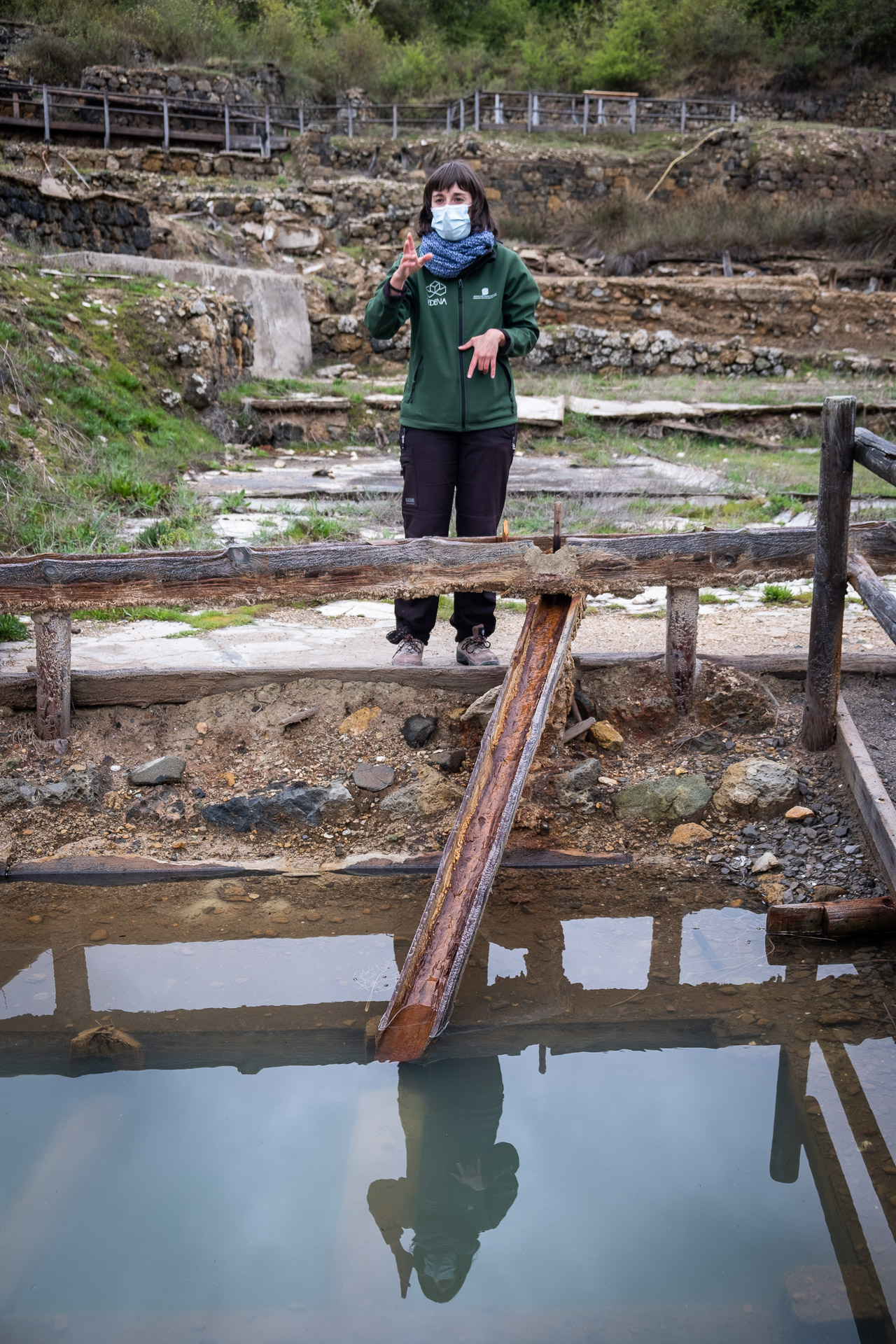
The salt level here is 7 times more salty than the water in the sea, meaning almost nothing can live here. One exception here is the bright pink brine shrimp, a teeny tiny creature. The brine shrimp has its colour from the salt it lives in.
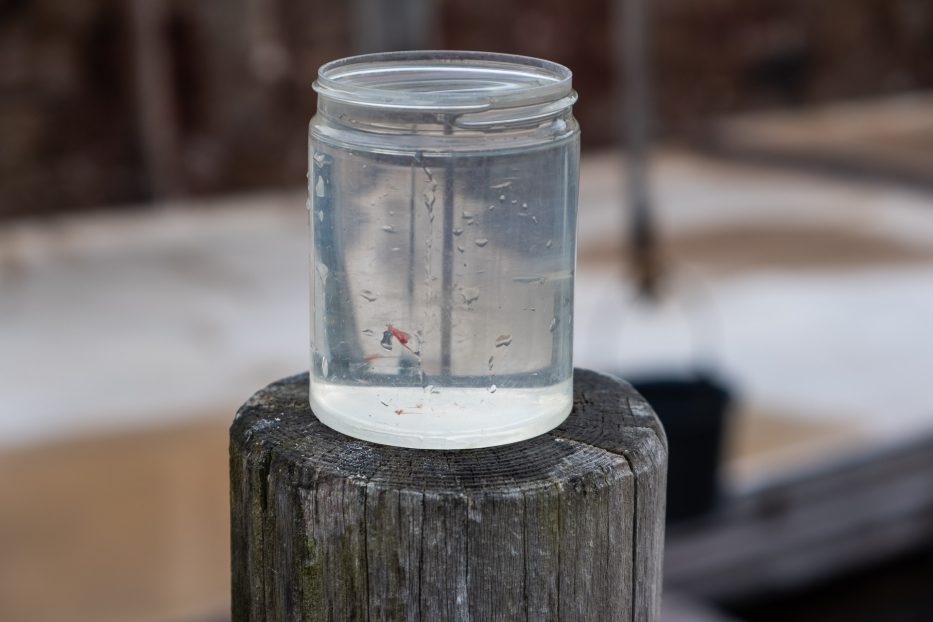
Fun fact: Did you know flamingos are pink because they eat these brine shrimps? (Luckily for the brine shrimps located in this area there are no flamingos around).
The Basque country might not be the most famous area of Spain for tourists, but it certainly has a lot to offer. I would love to go back and explore the cities of San Sebastian and Bilbao further, and of course attend more wine tastings in Rioja.
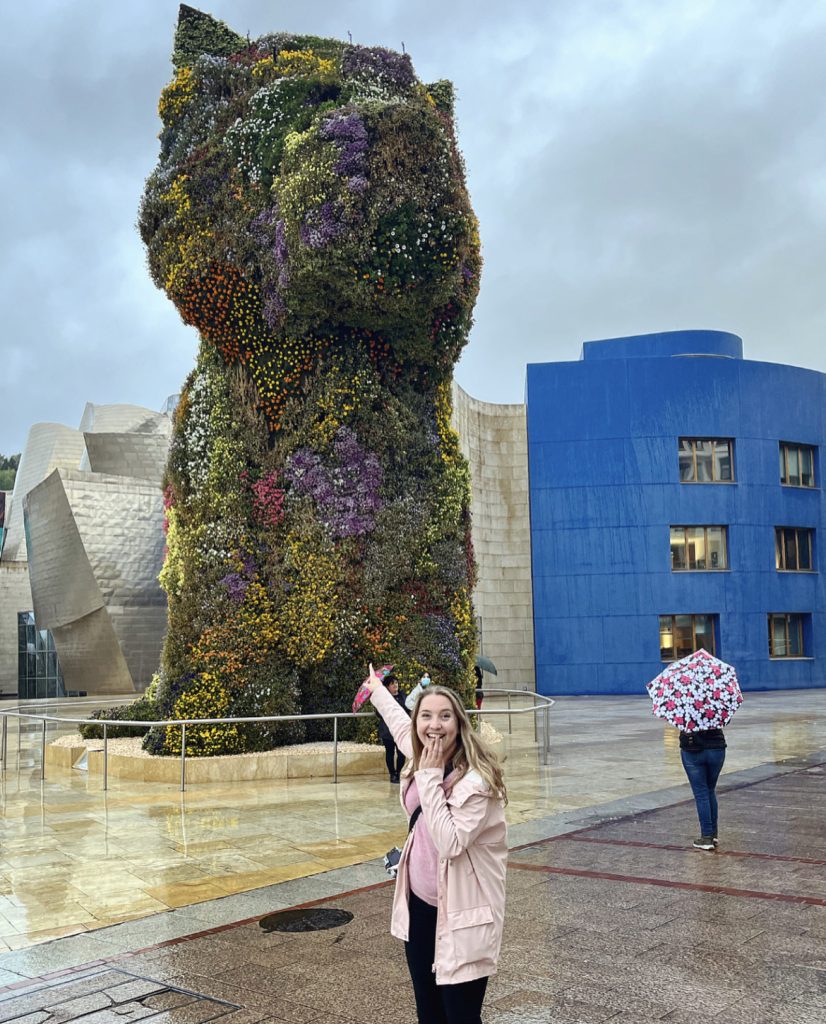
Have you been to the Basque country yet, or is it on your bucket list?
ABOUT THIS POST
This post is written after a sponsored press trip with Visit Euskadi, but with no direction of what to write after. All things written are of course entirely based on my own experiences and my own honest review.


Leave a reply